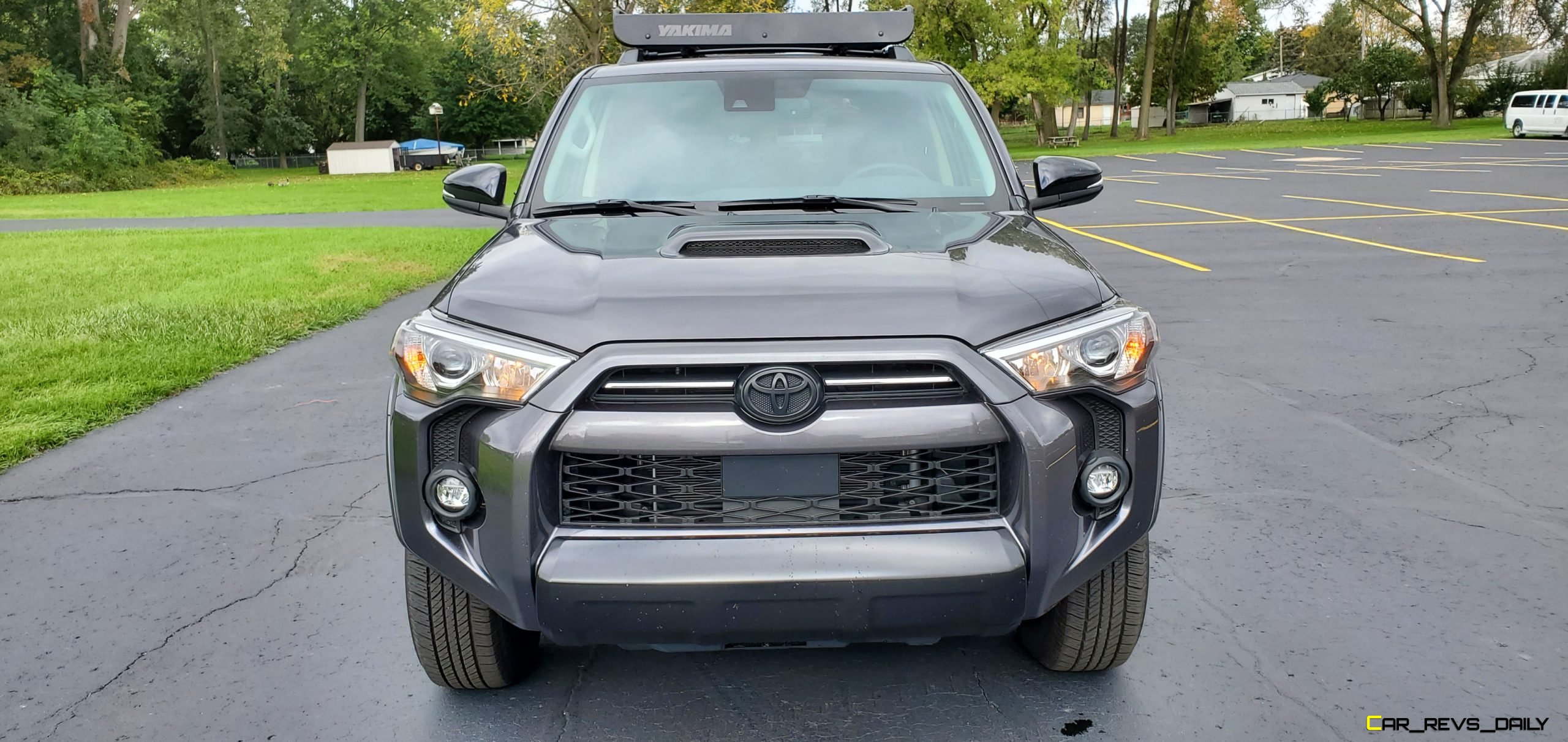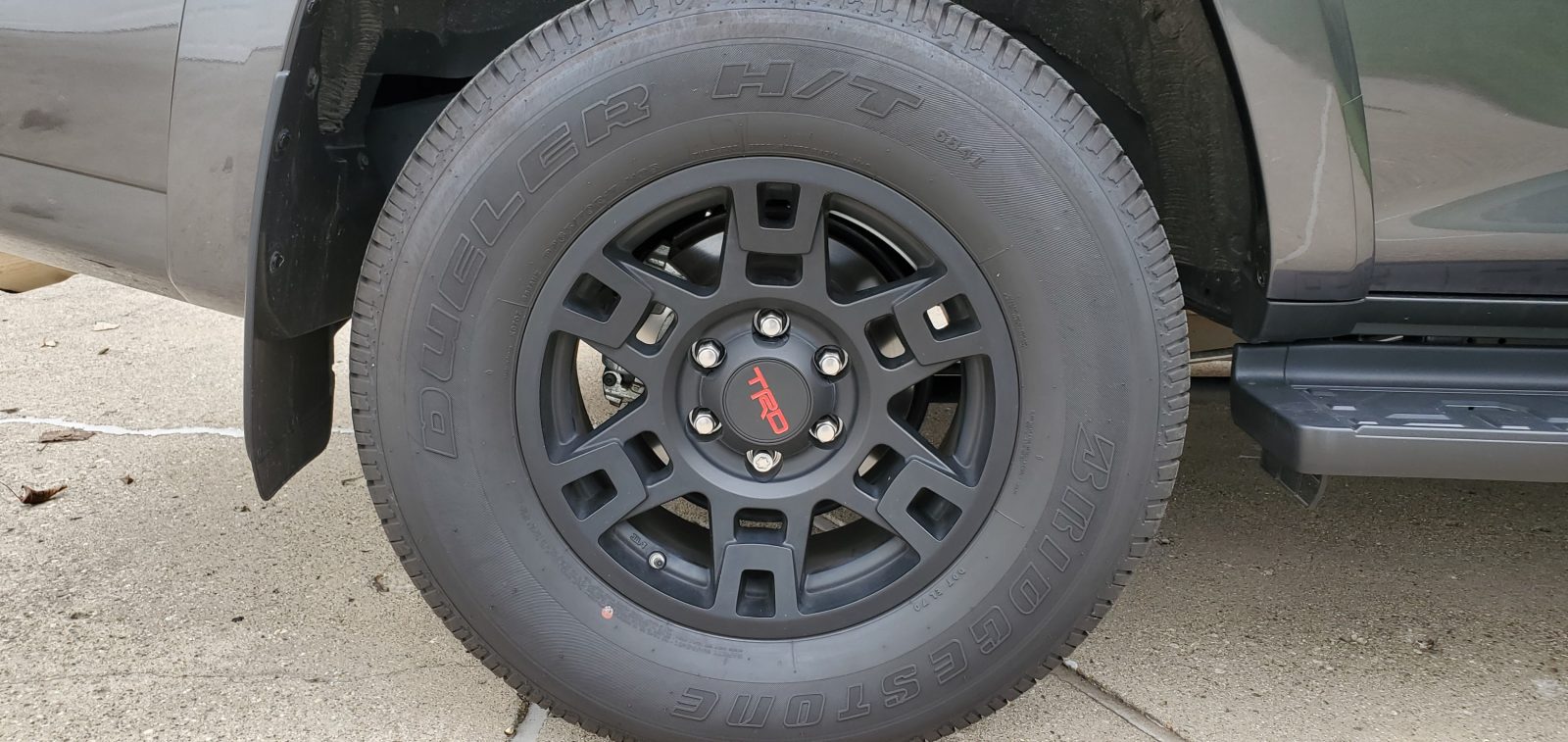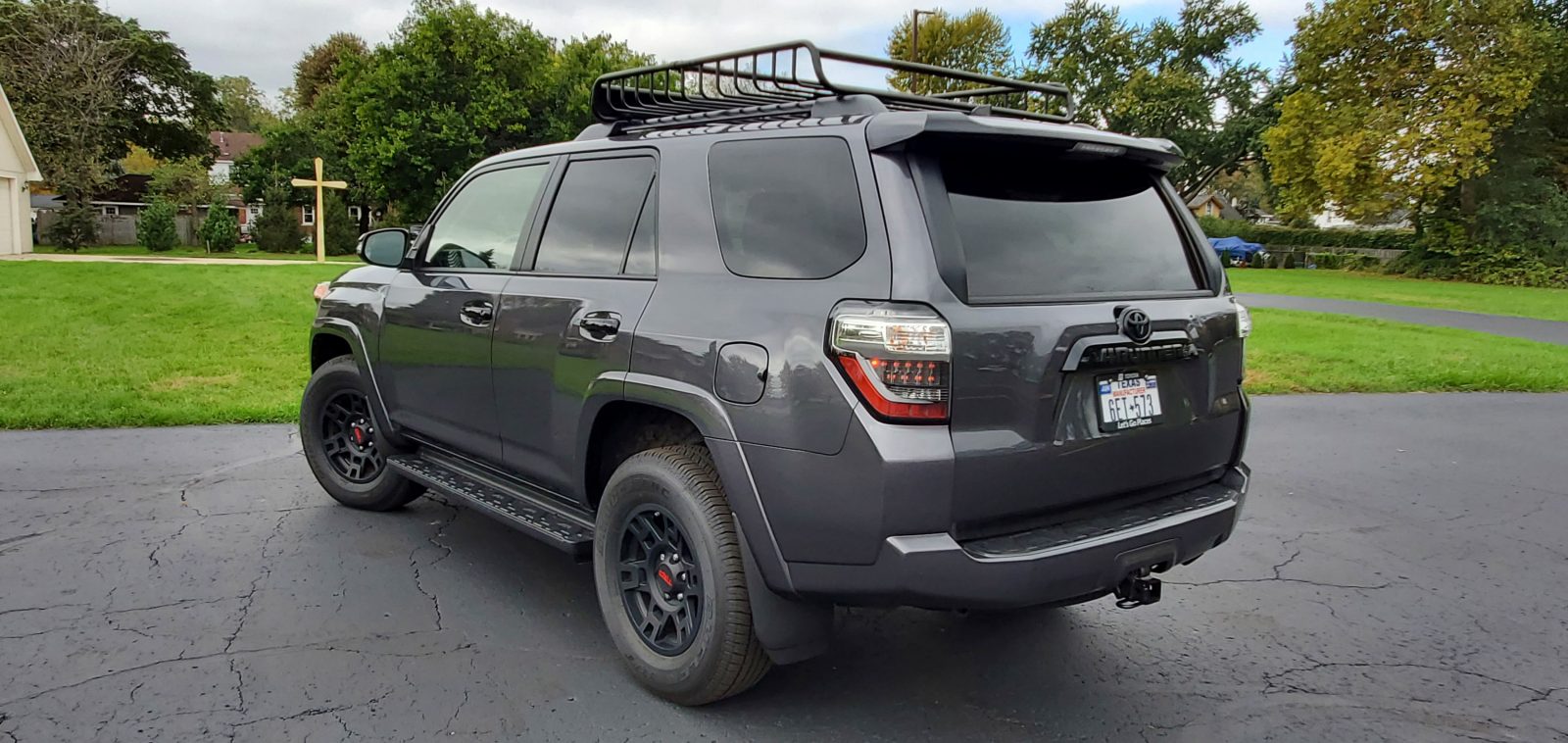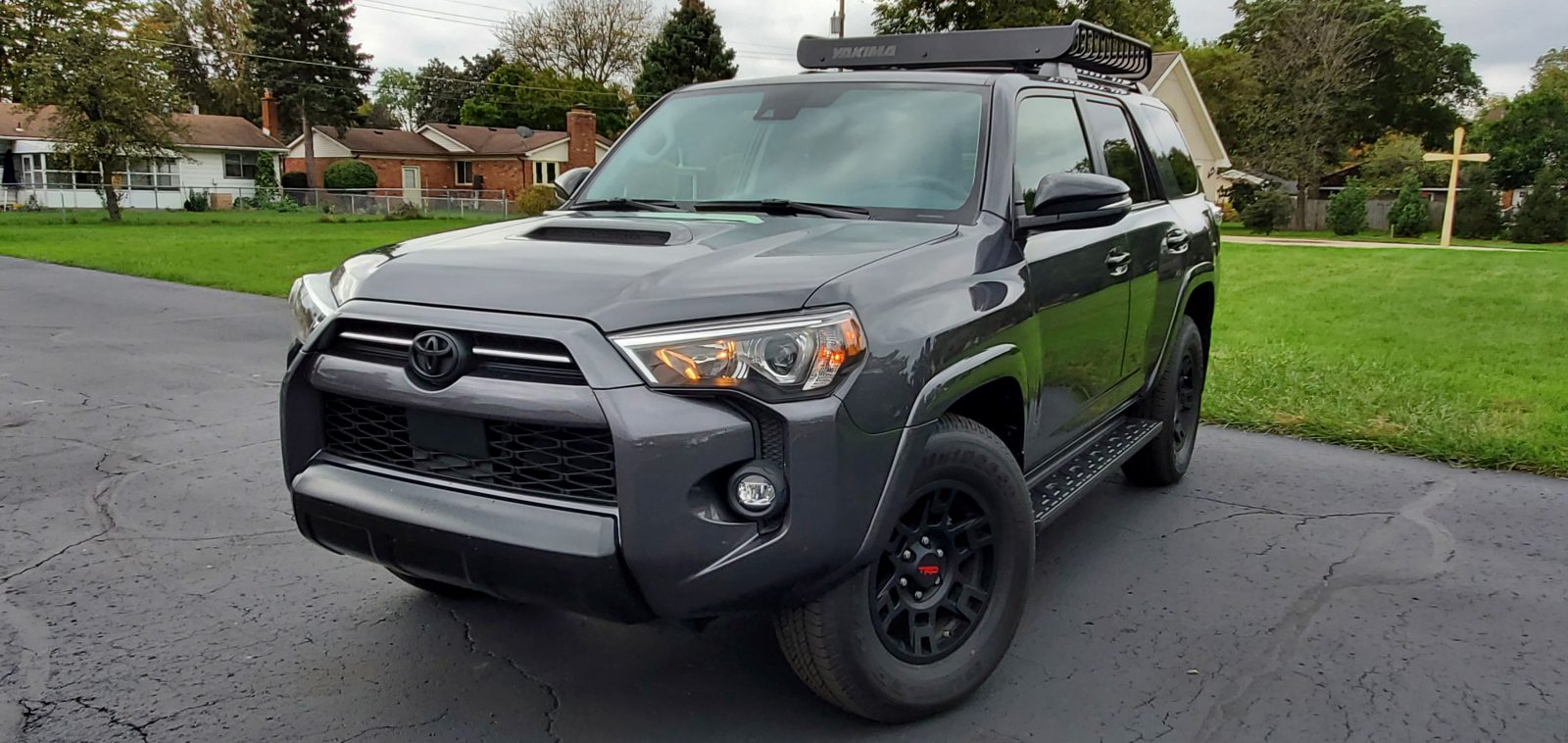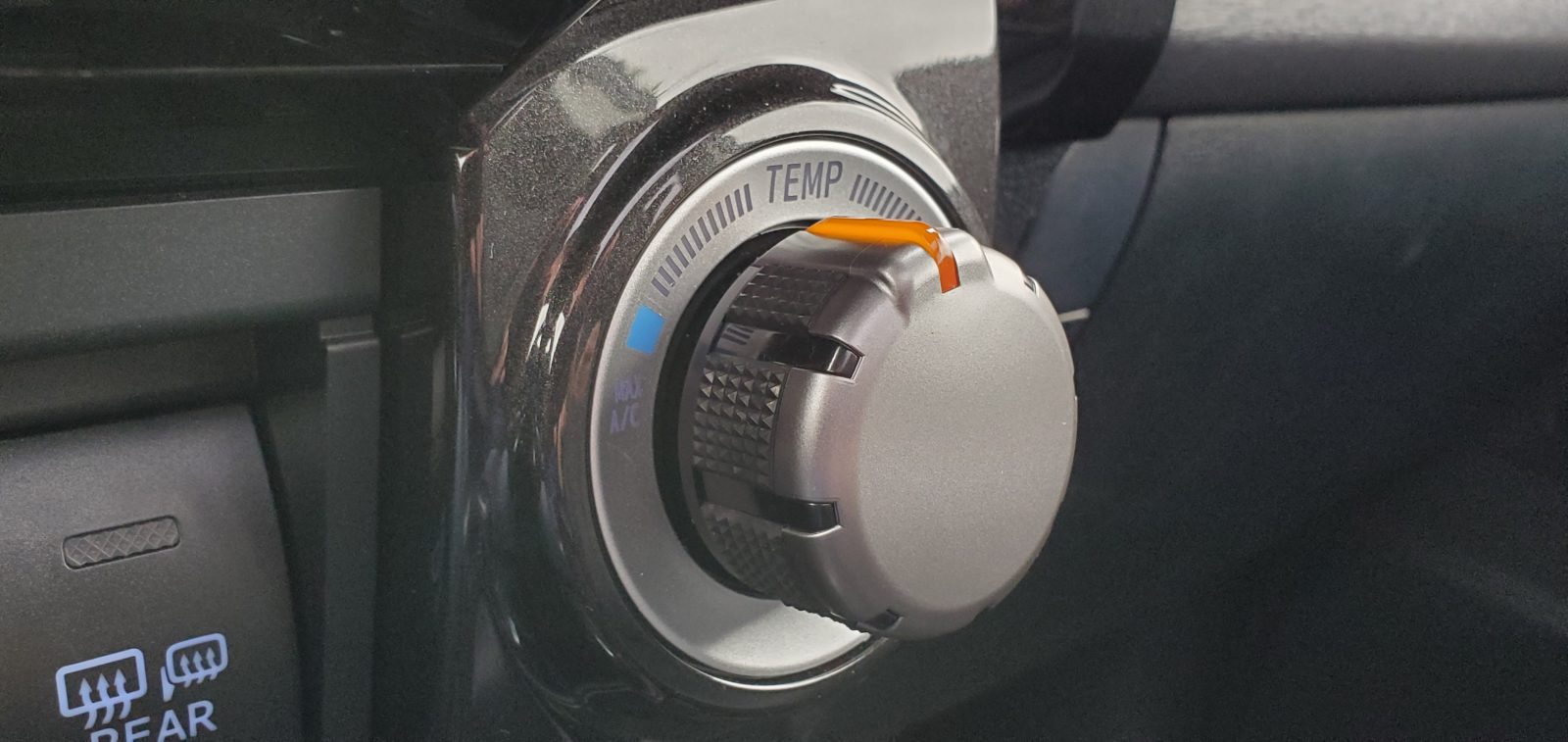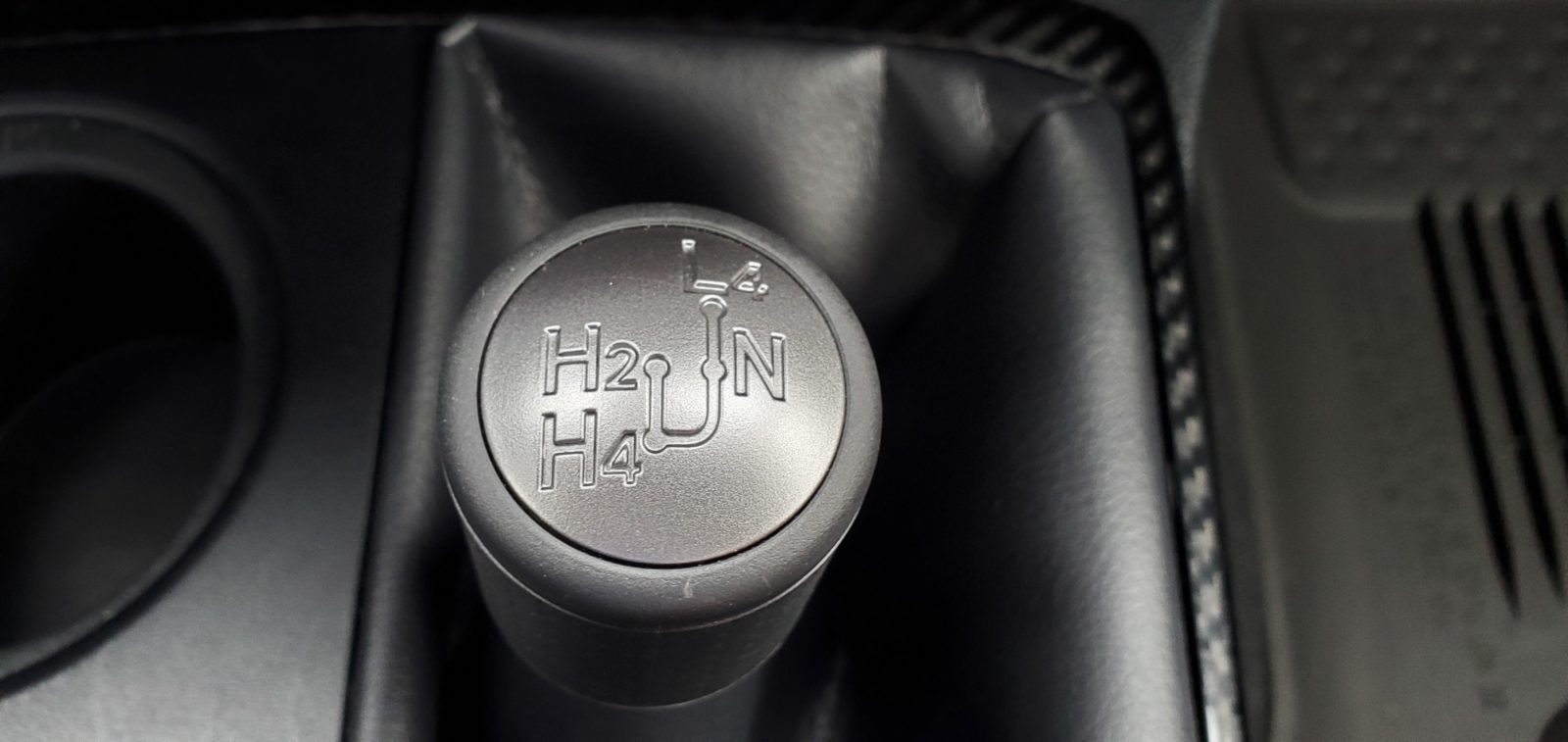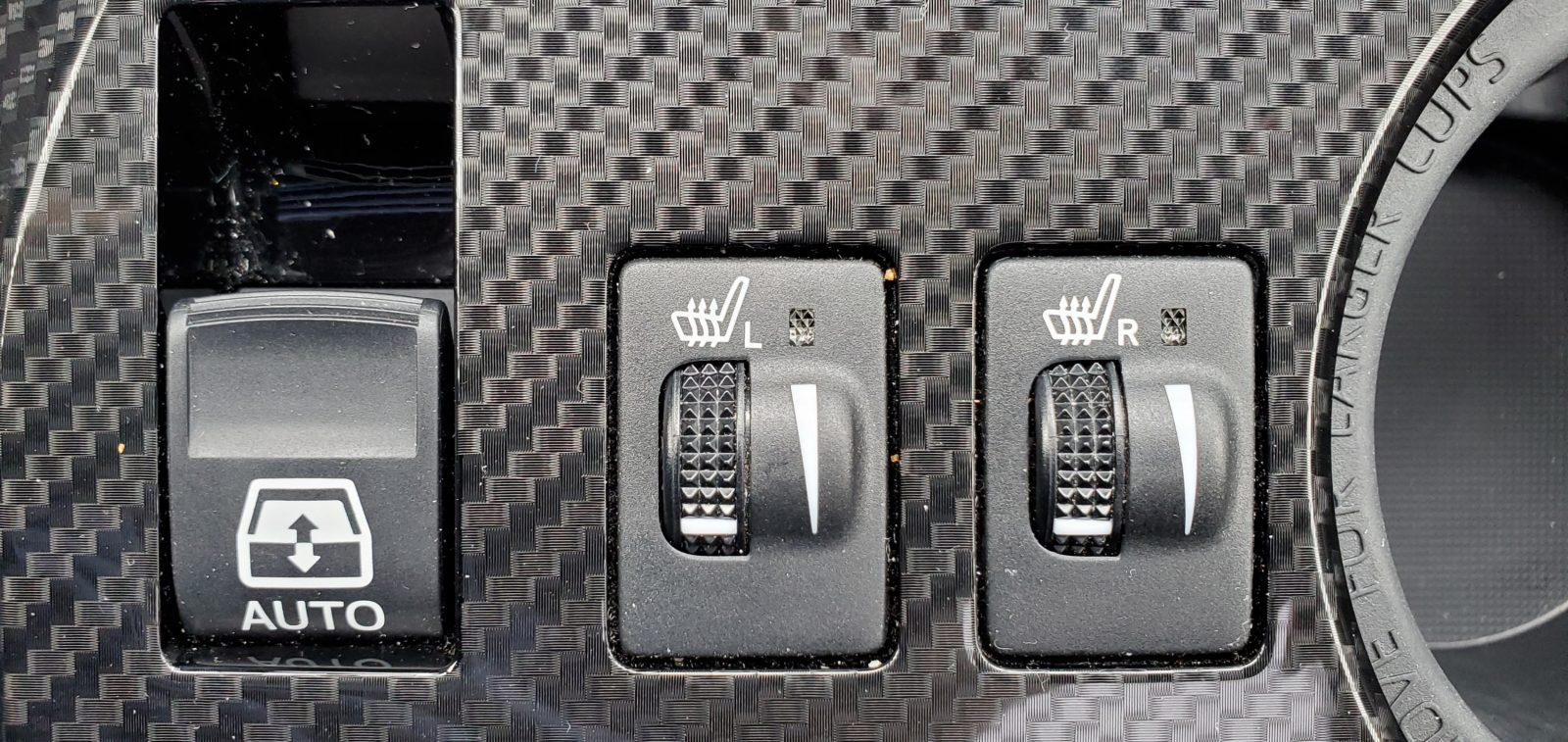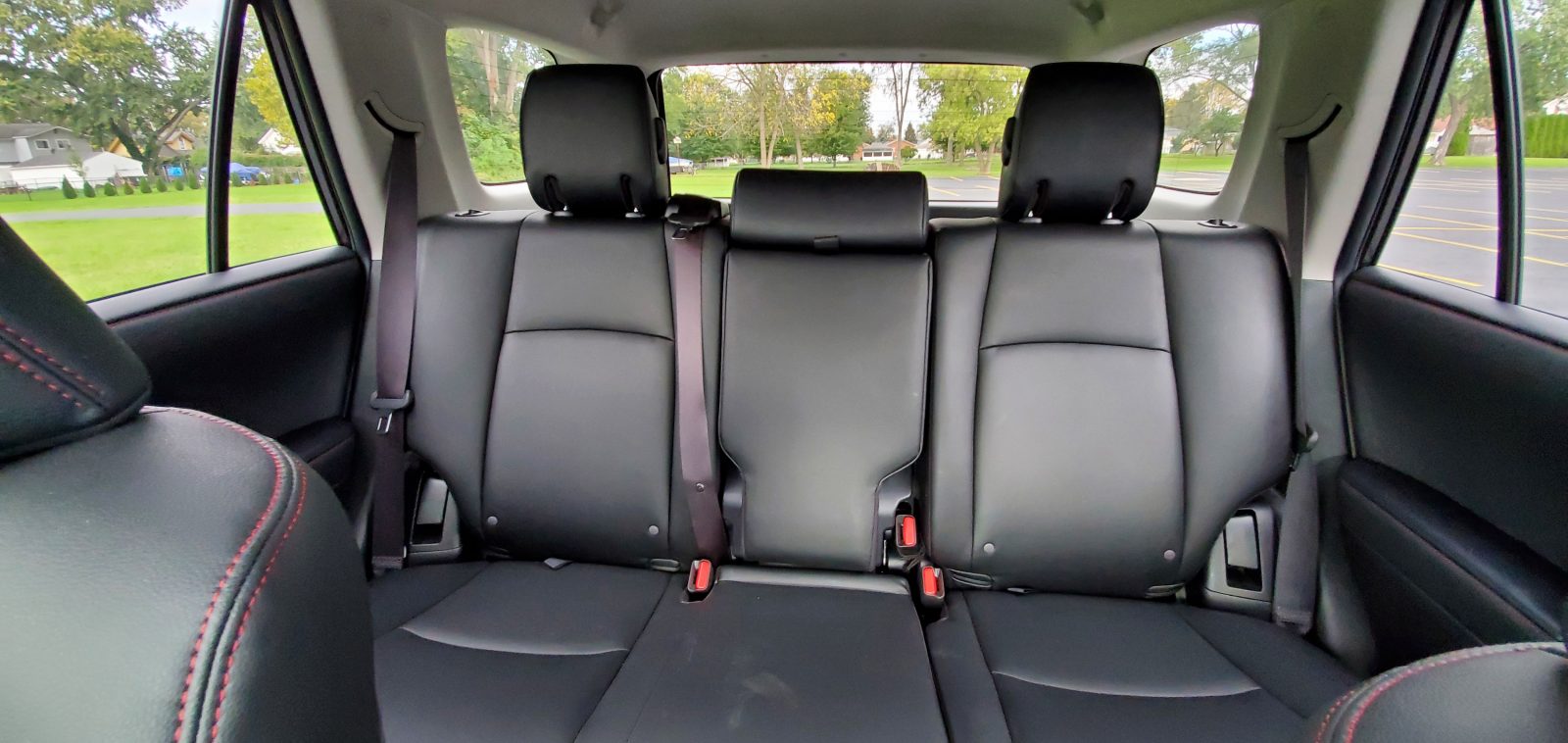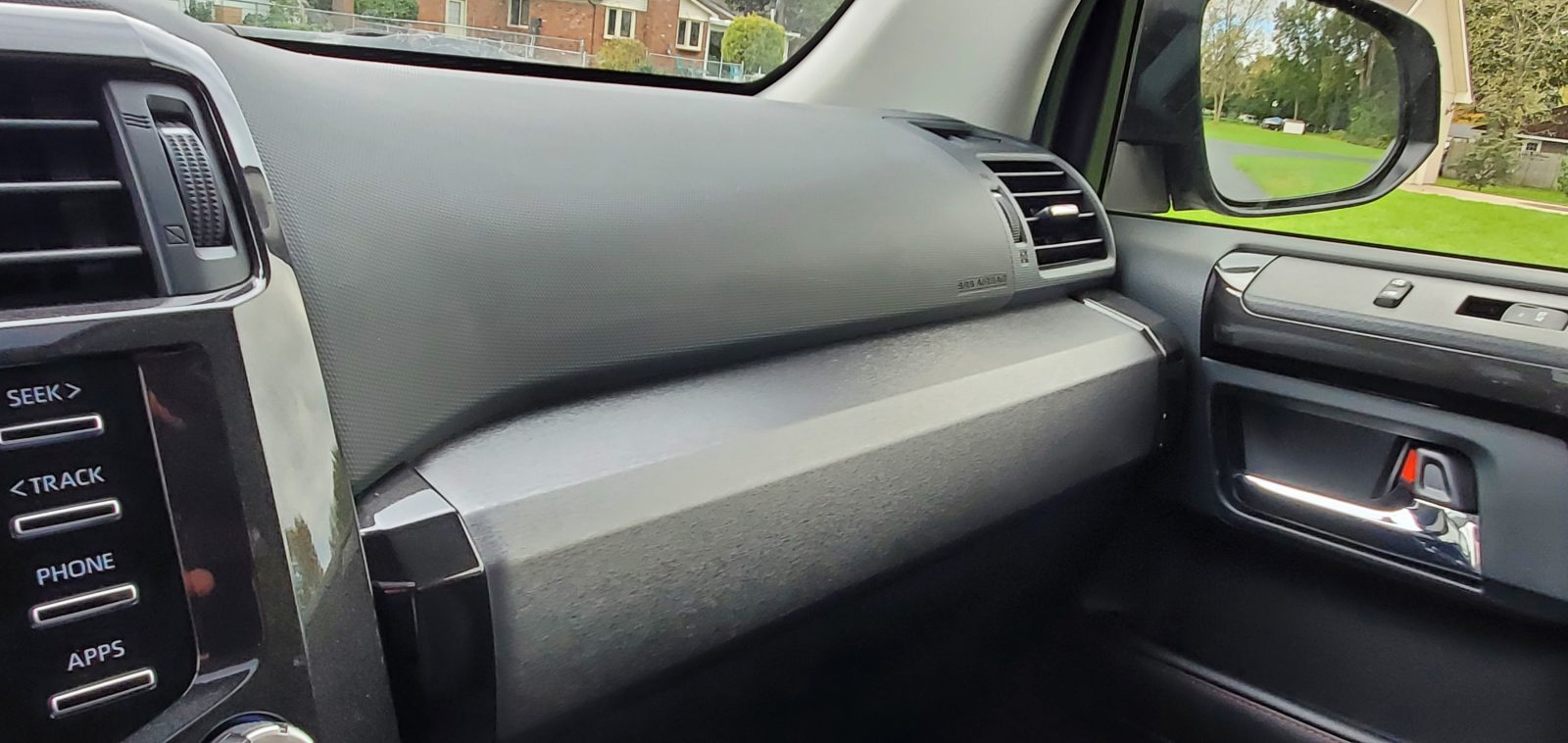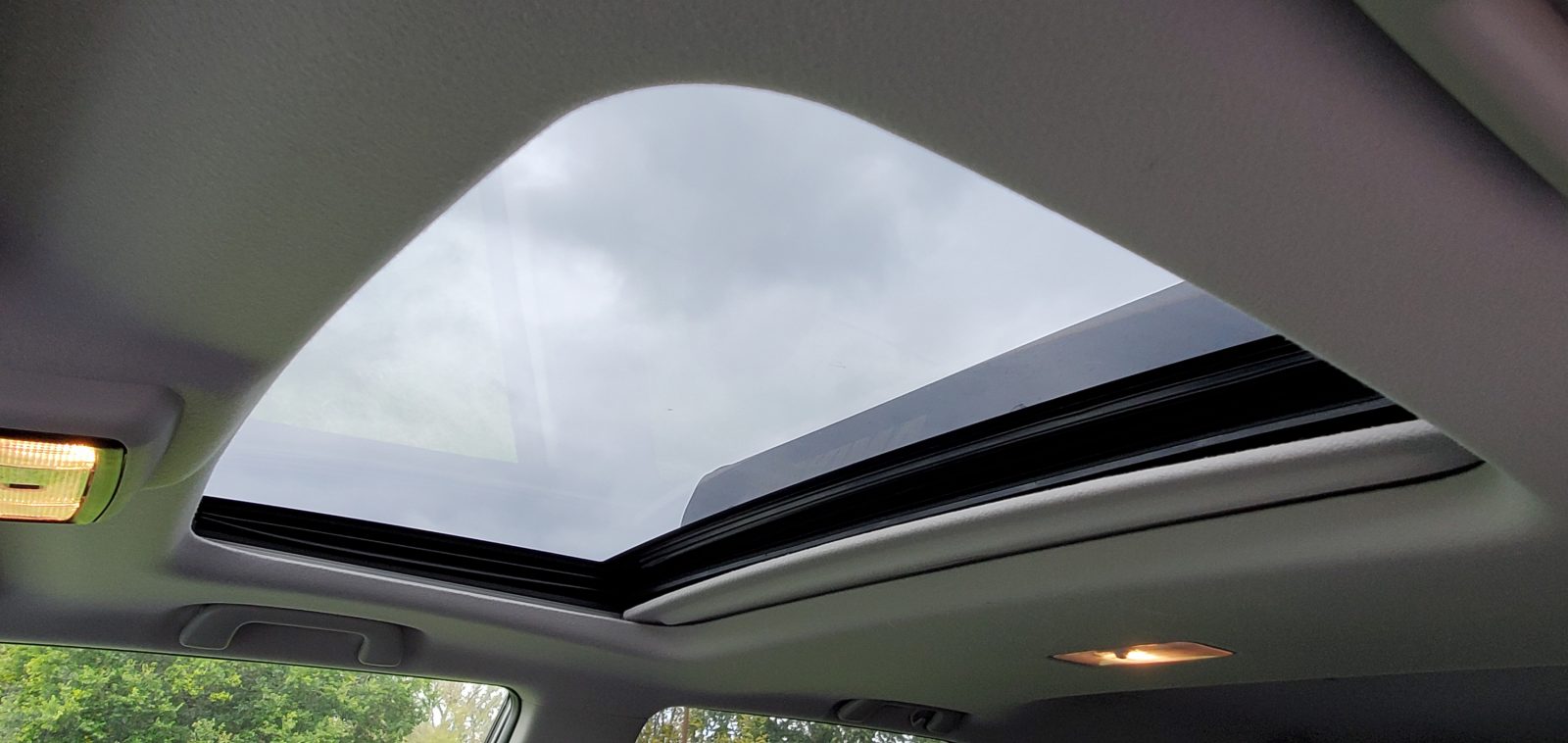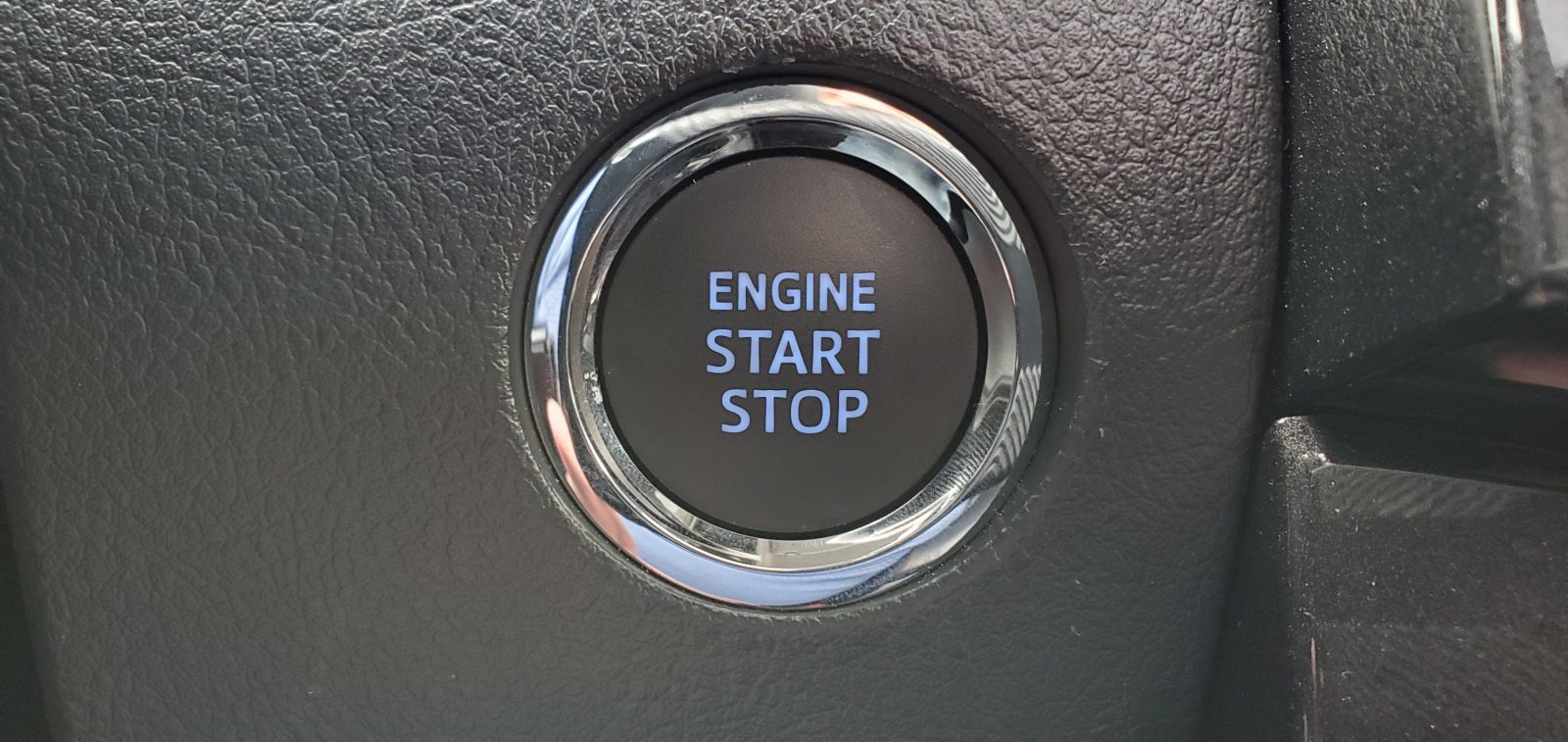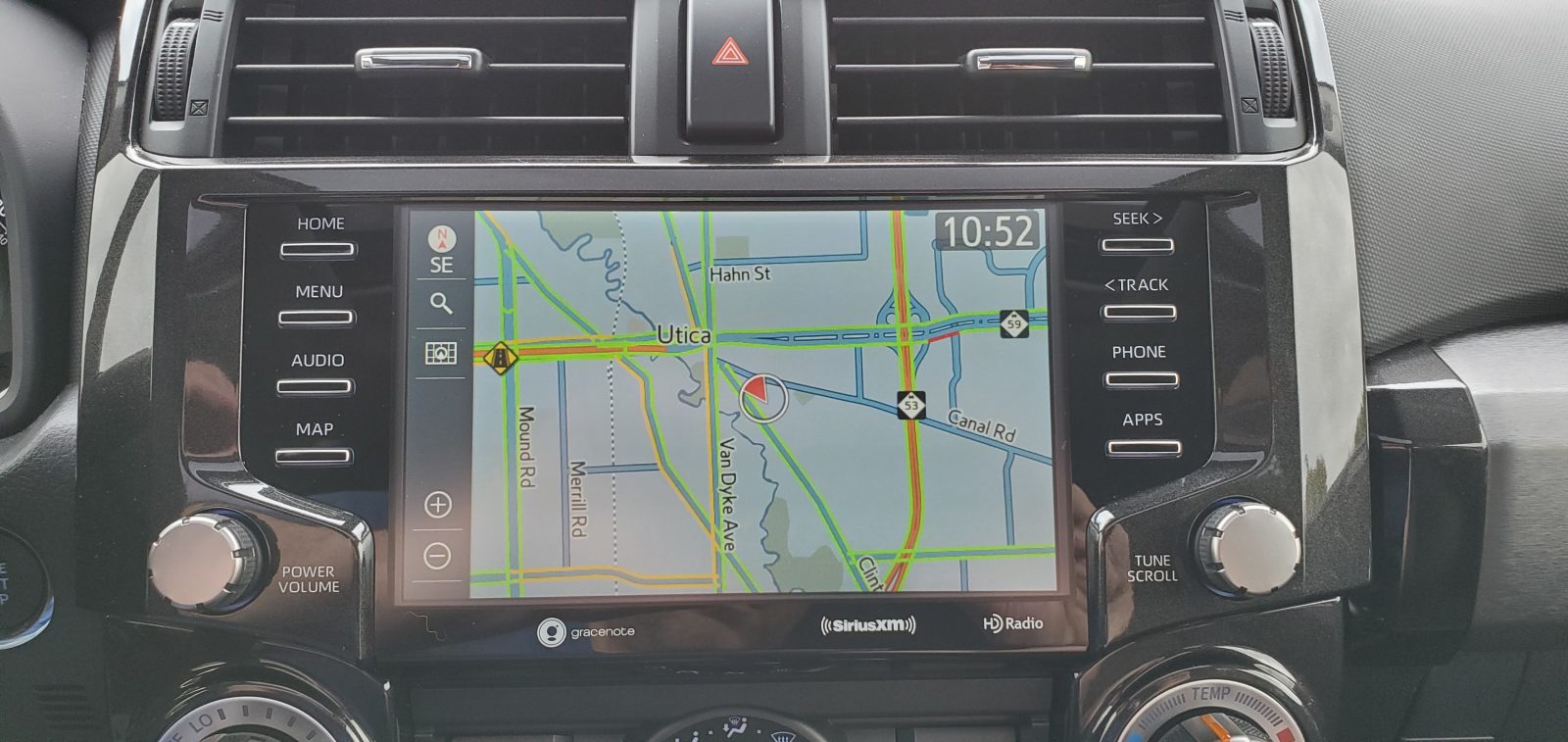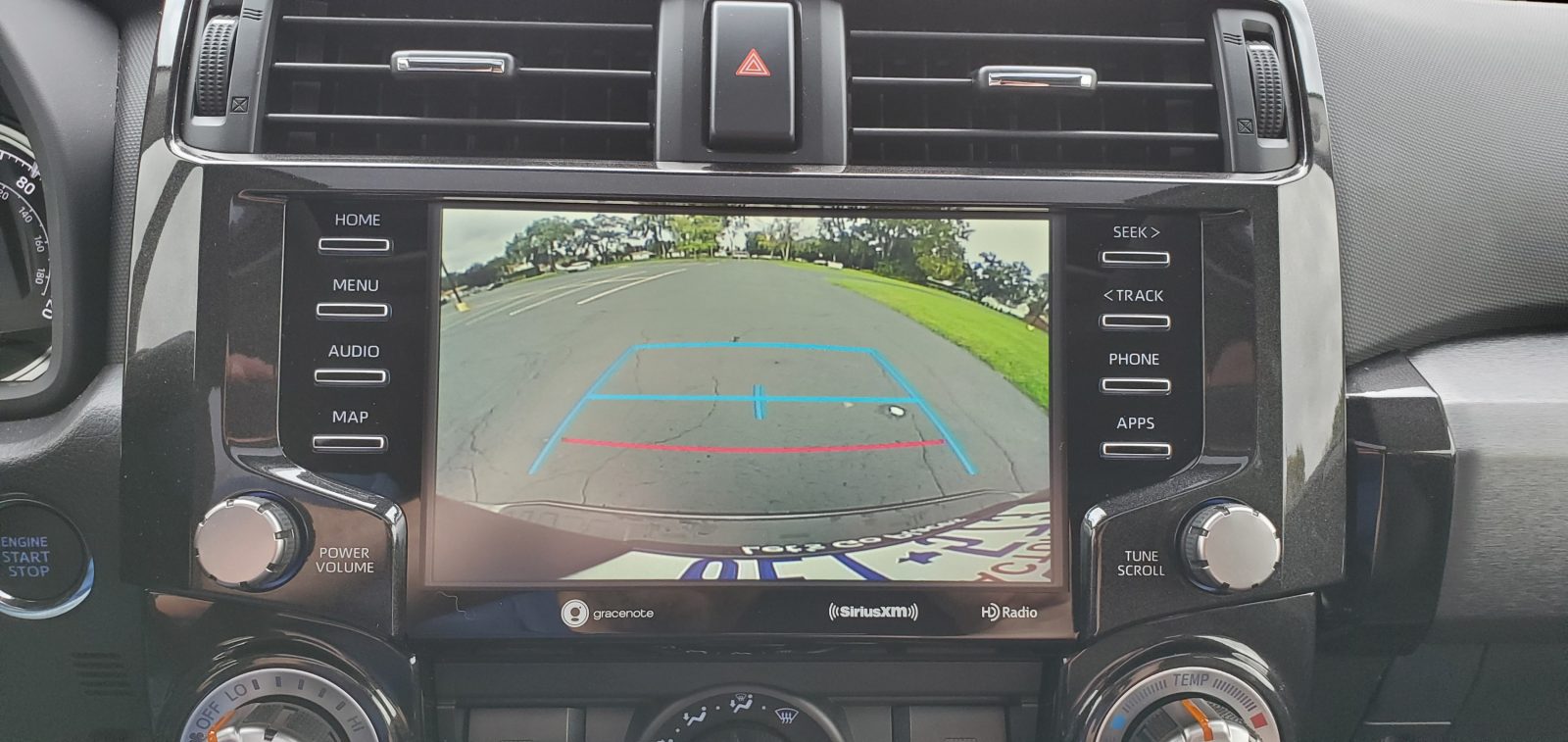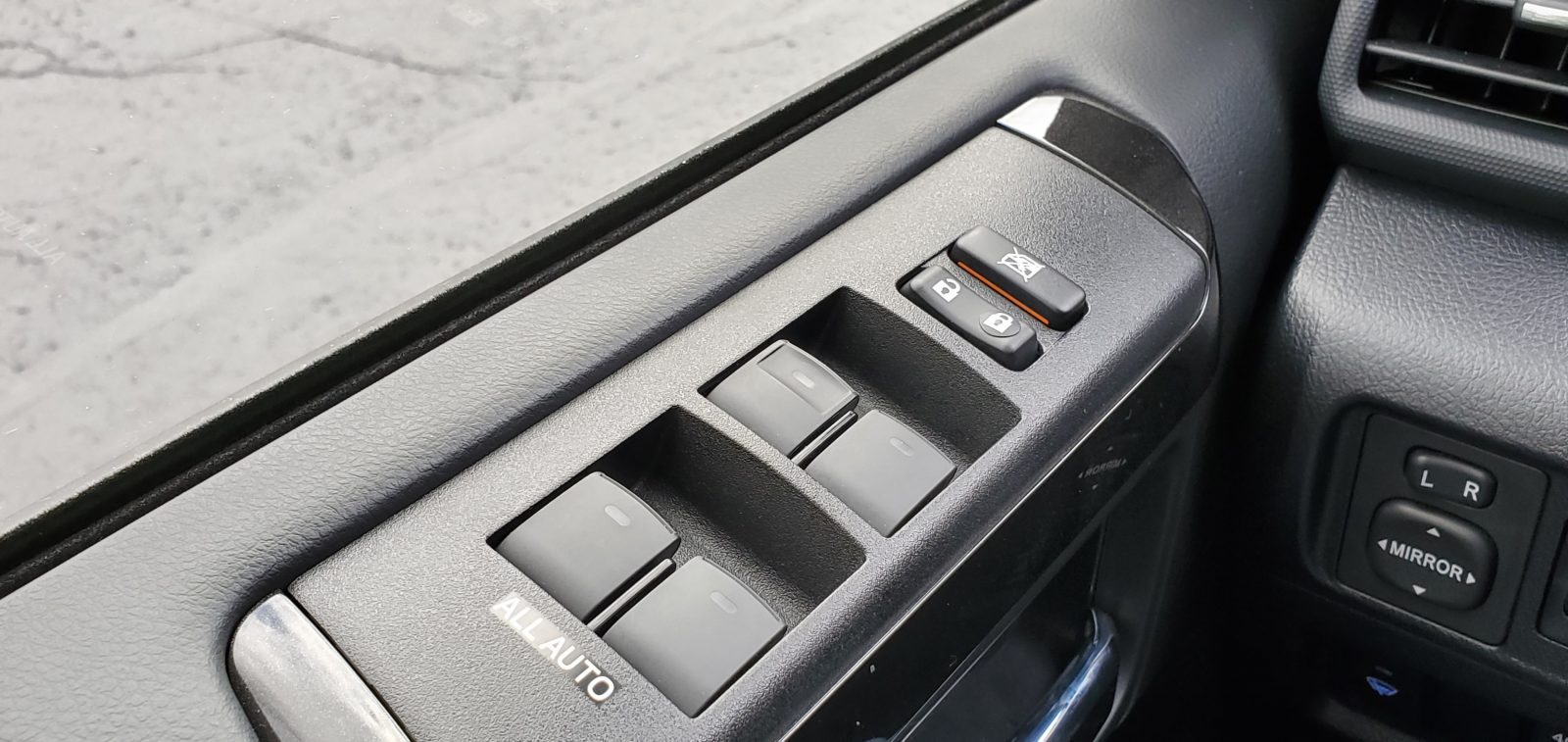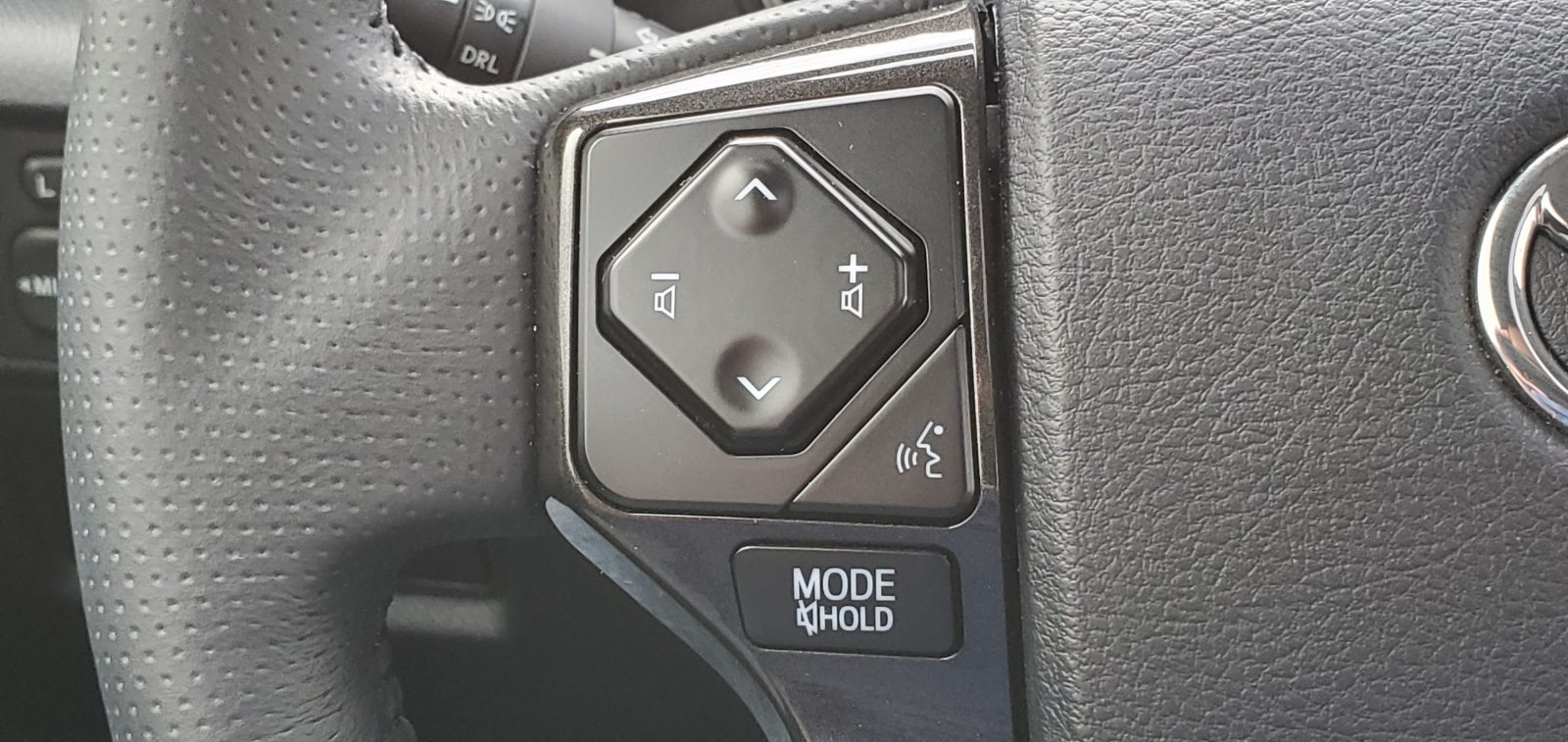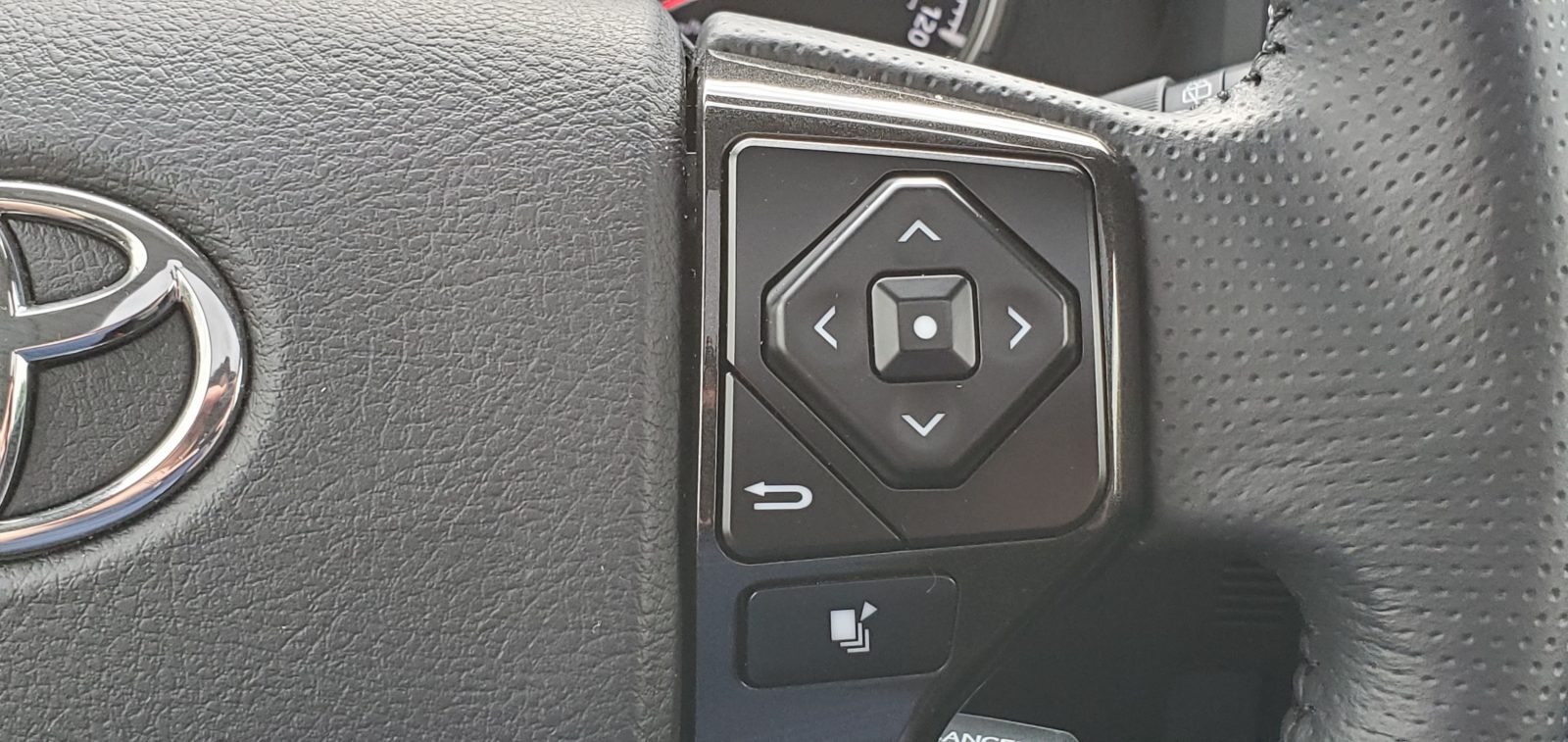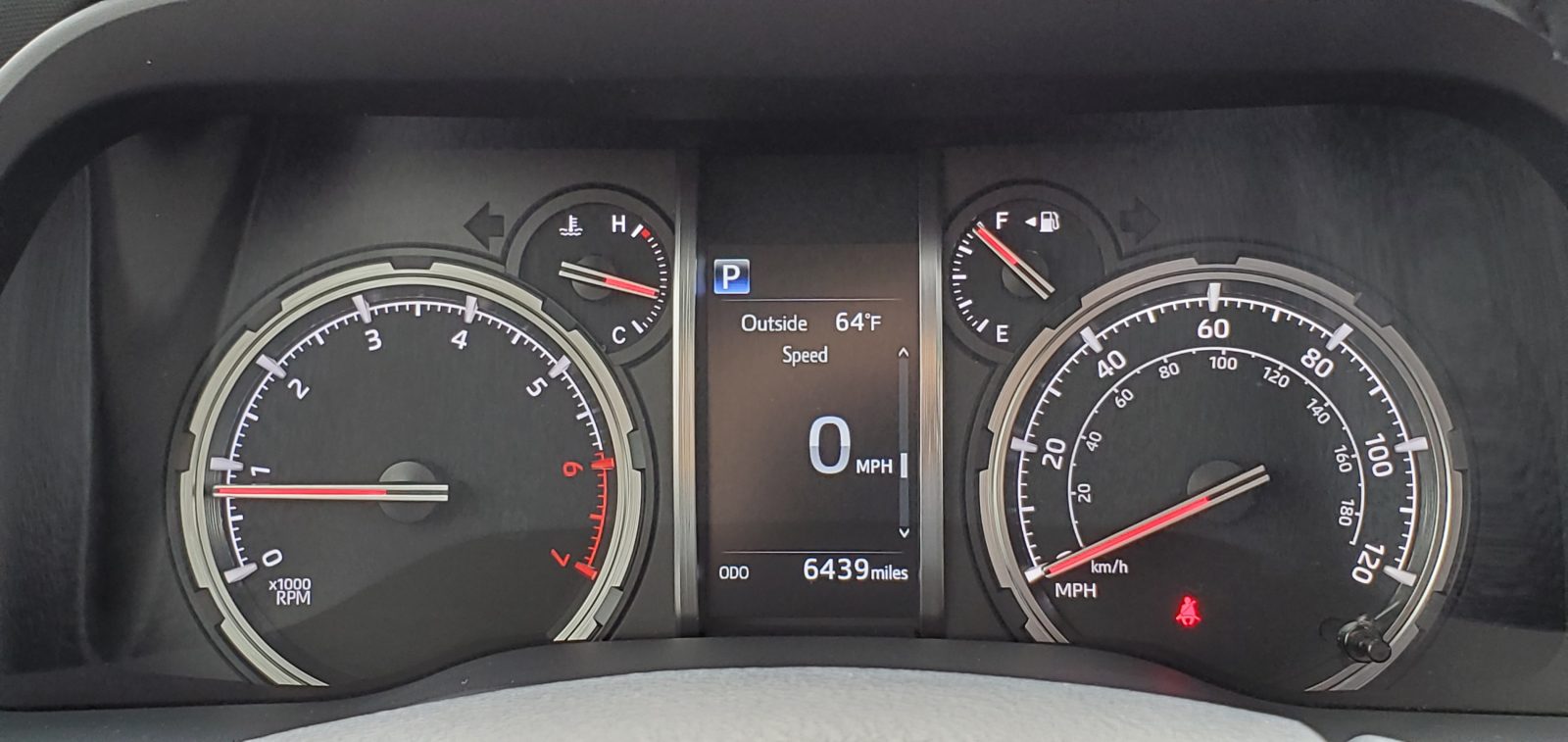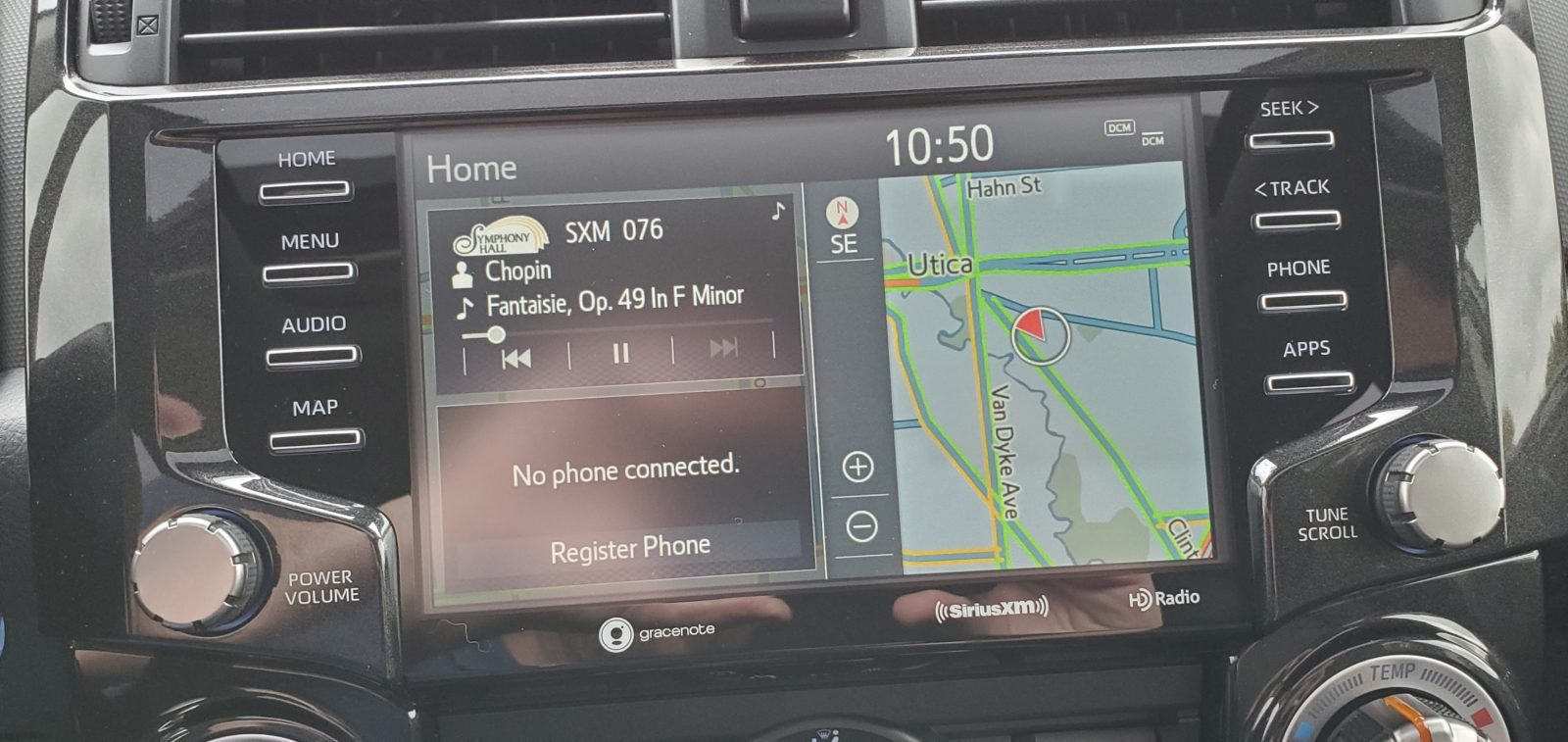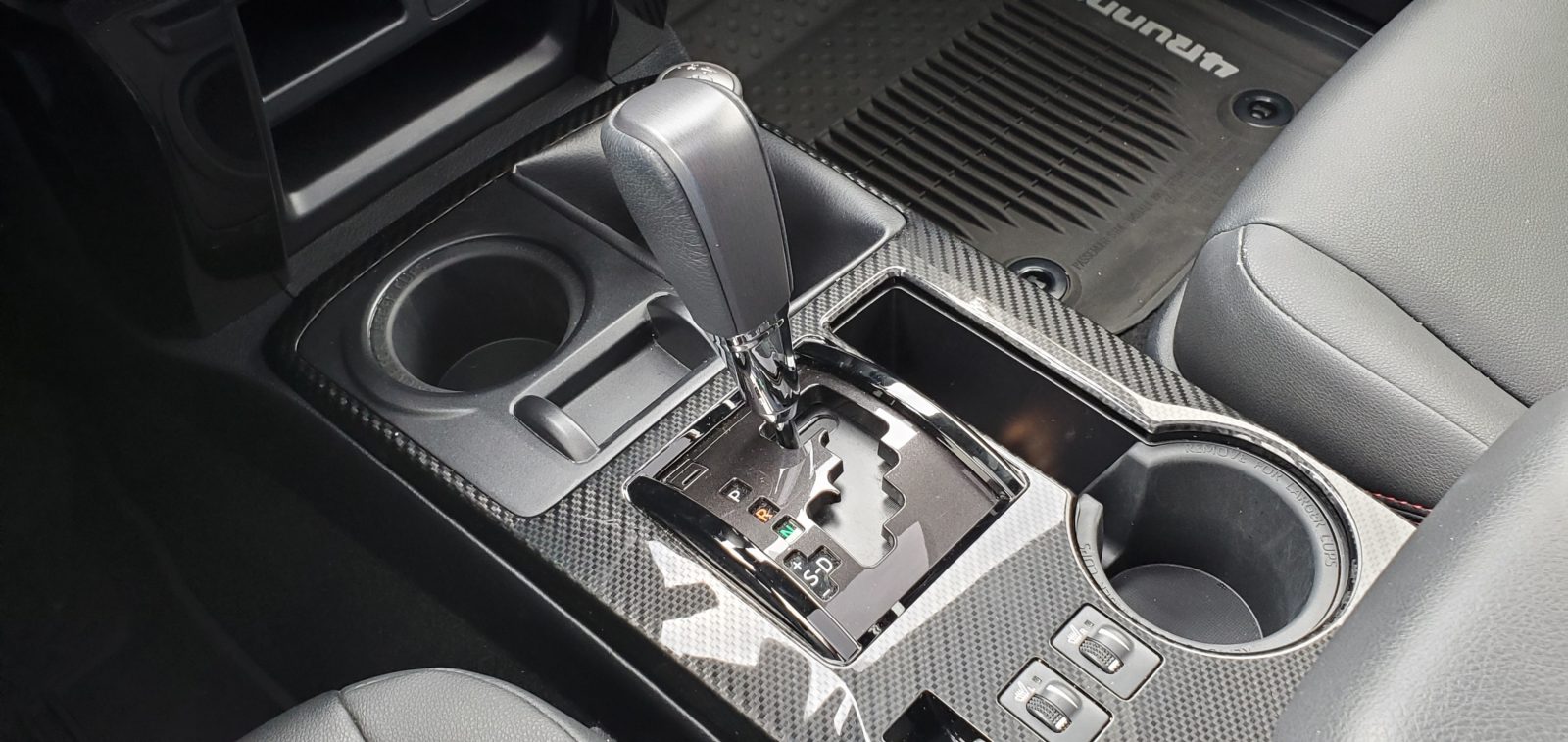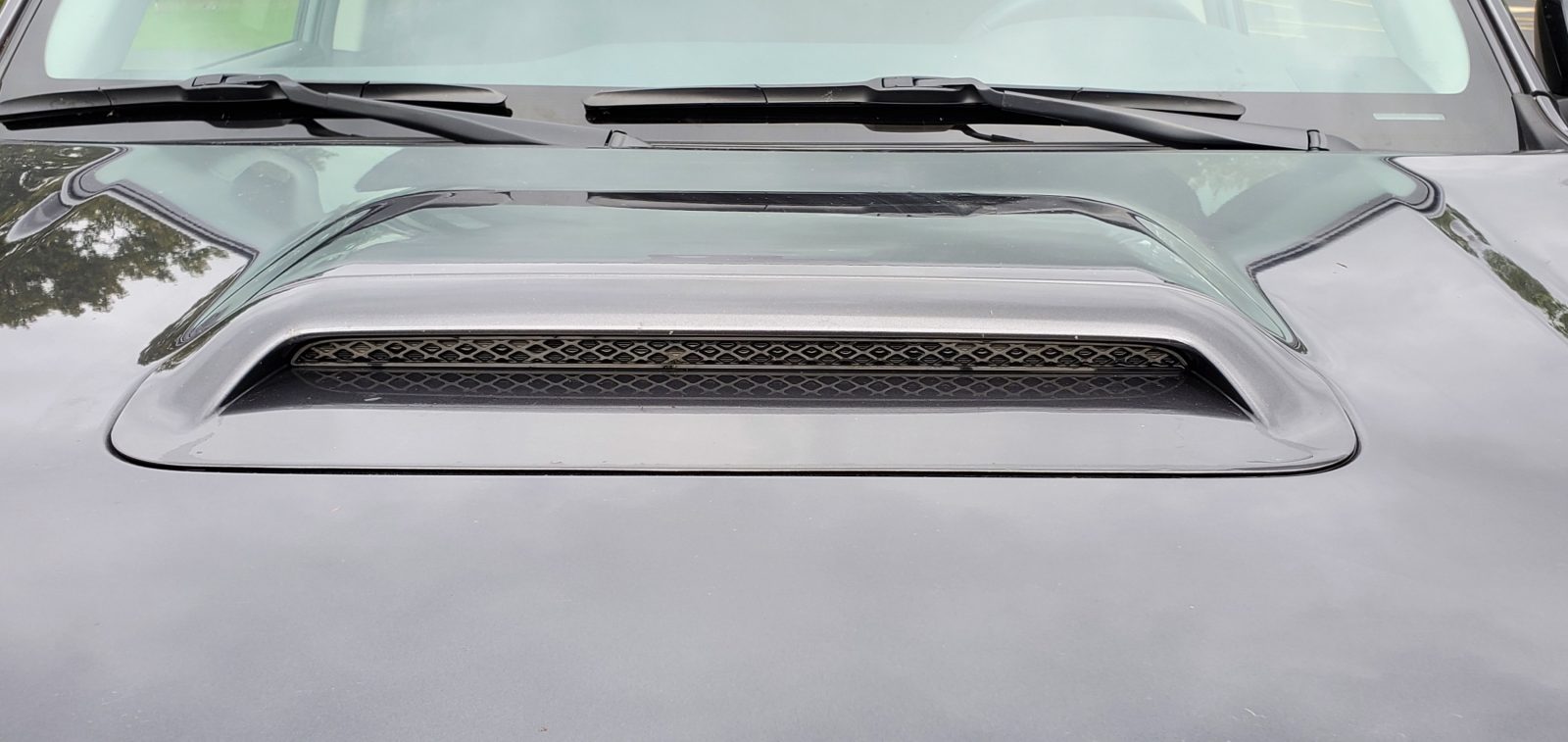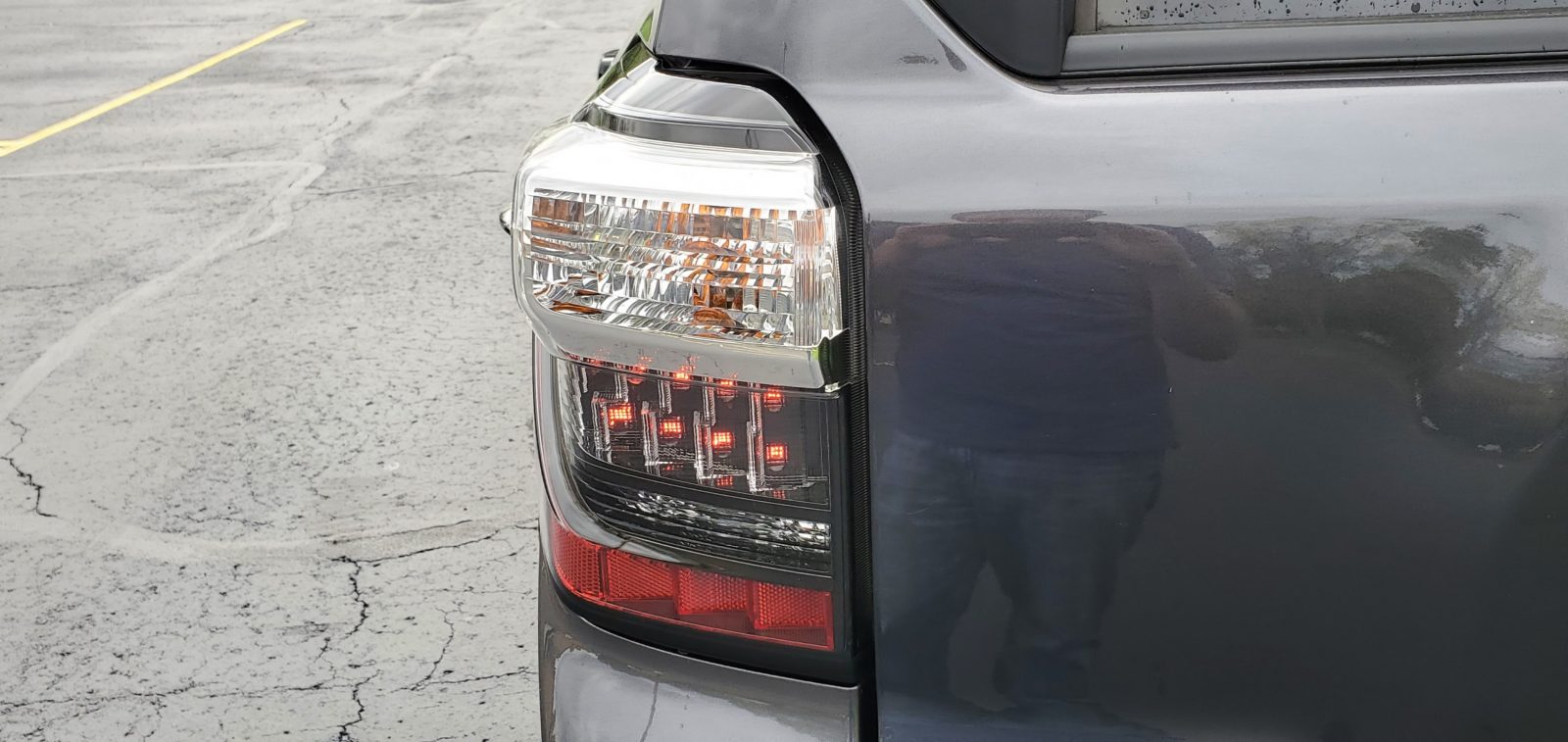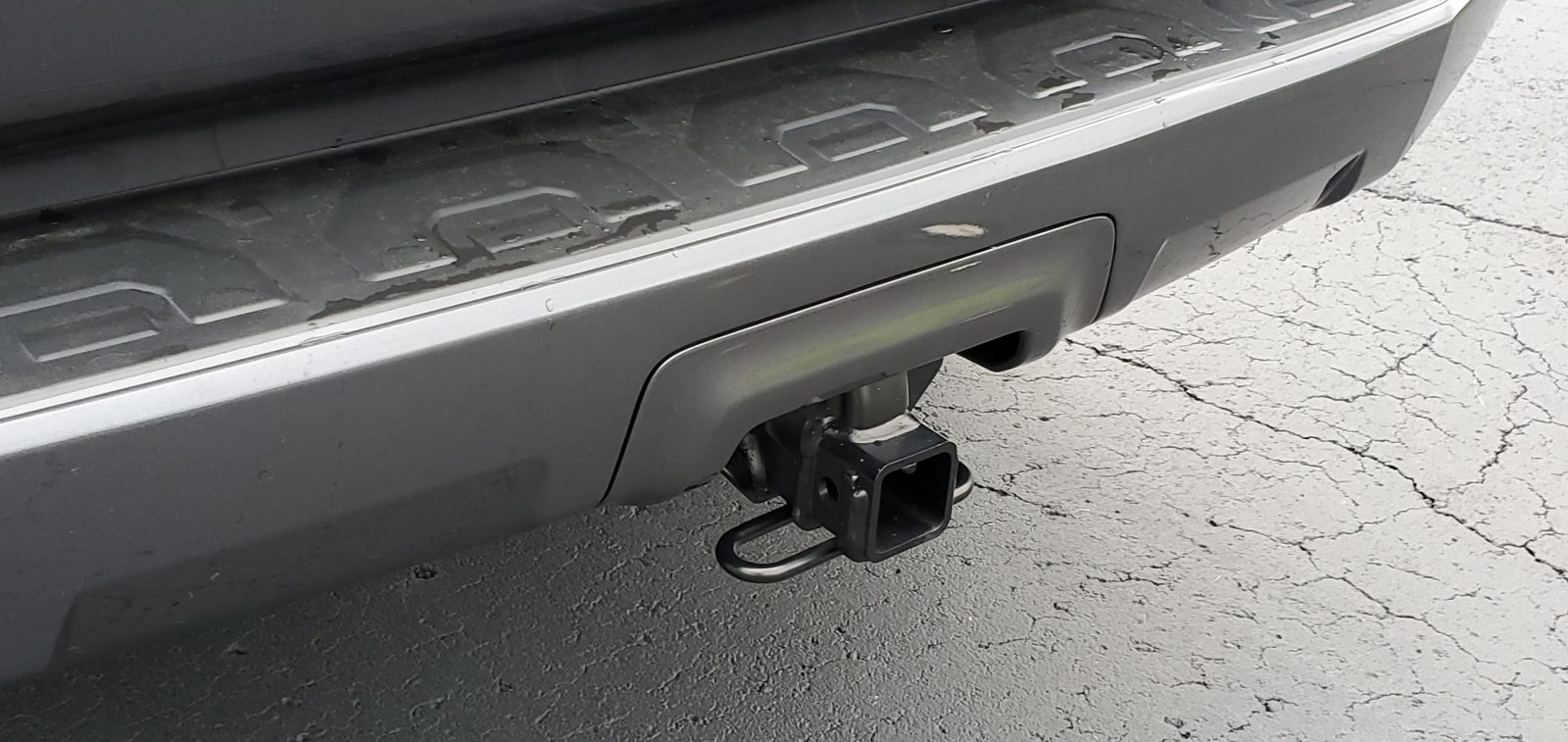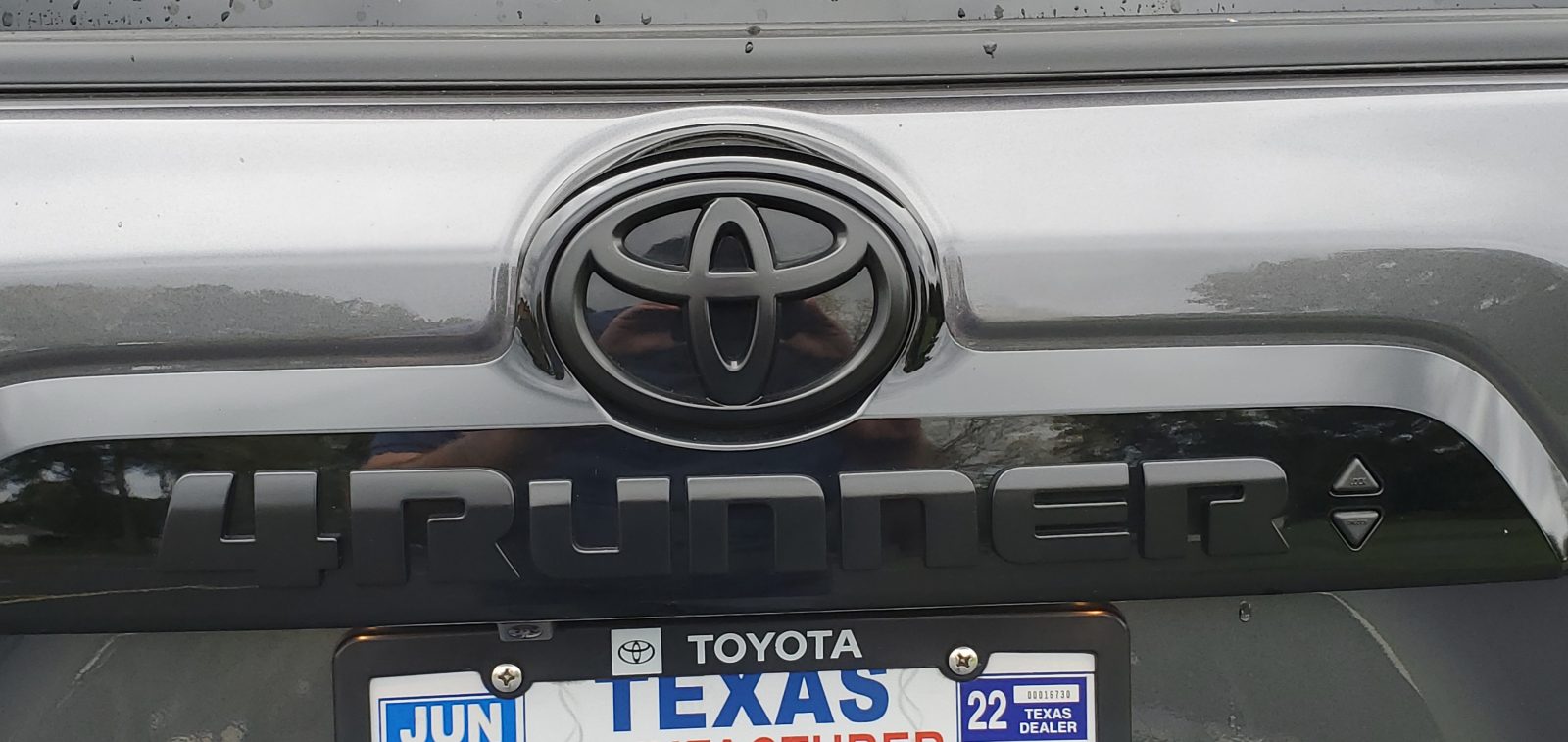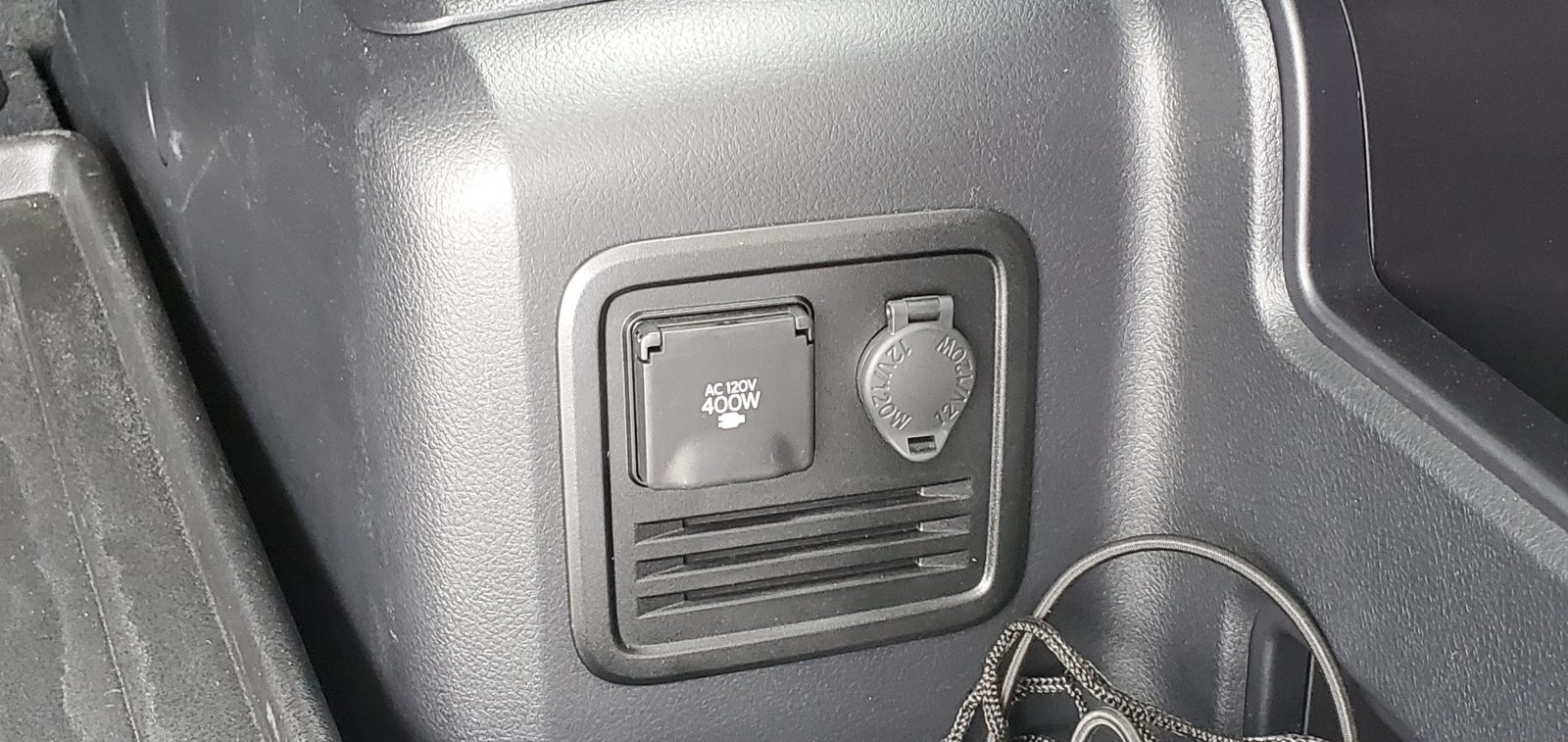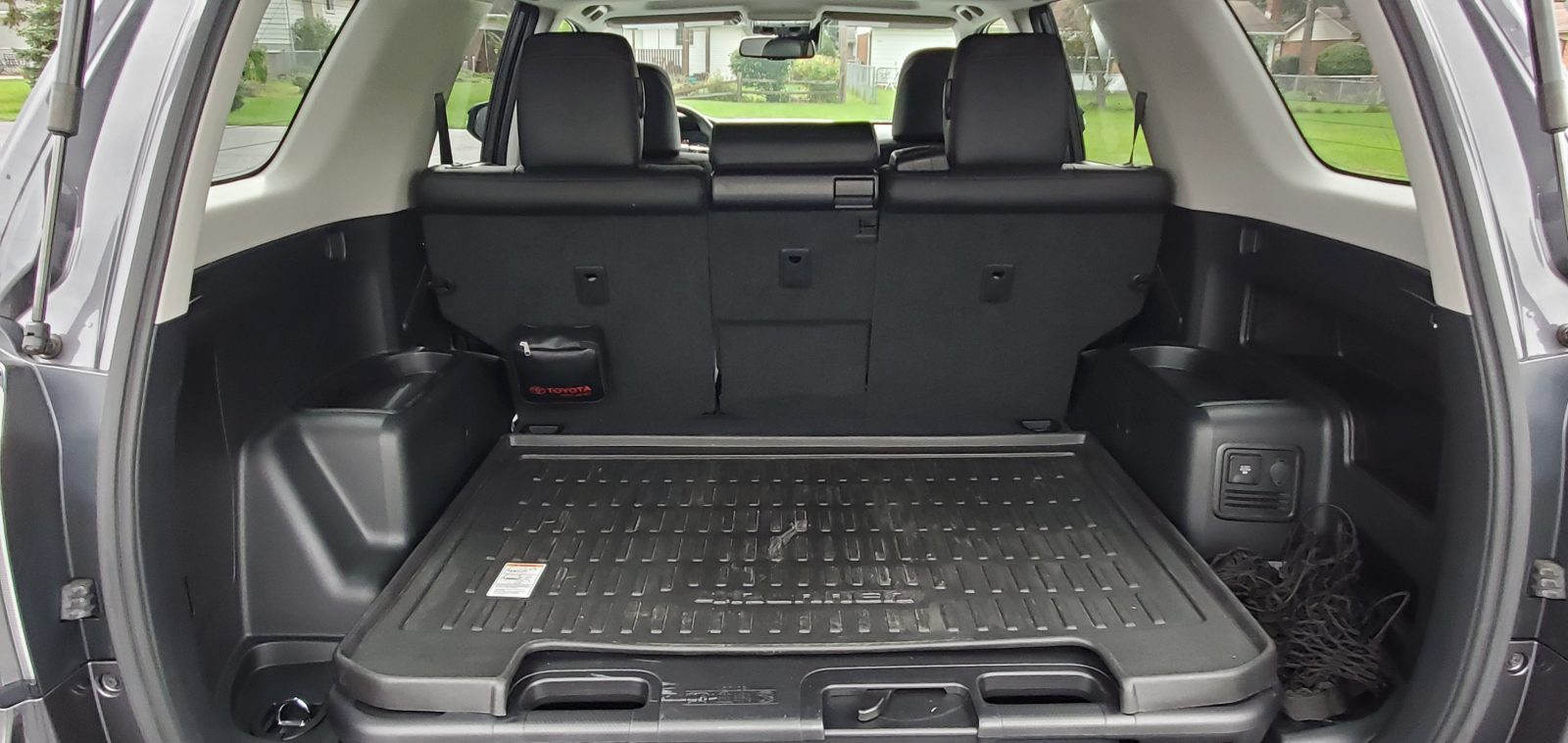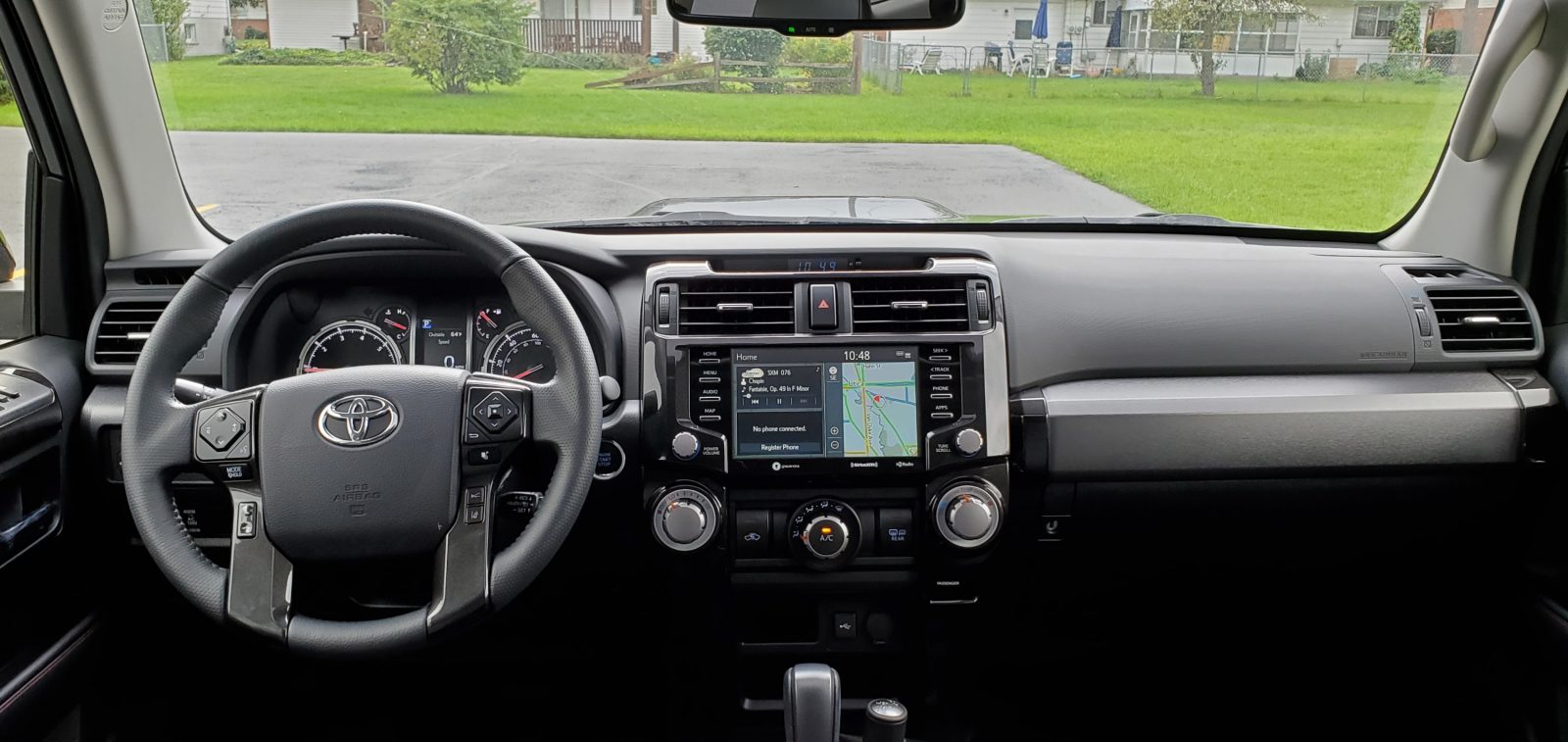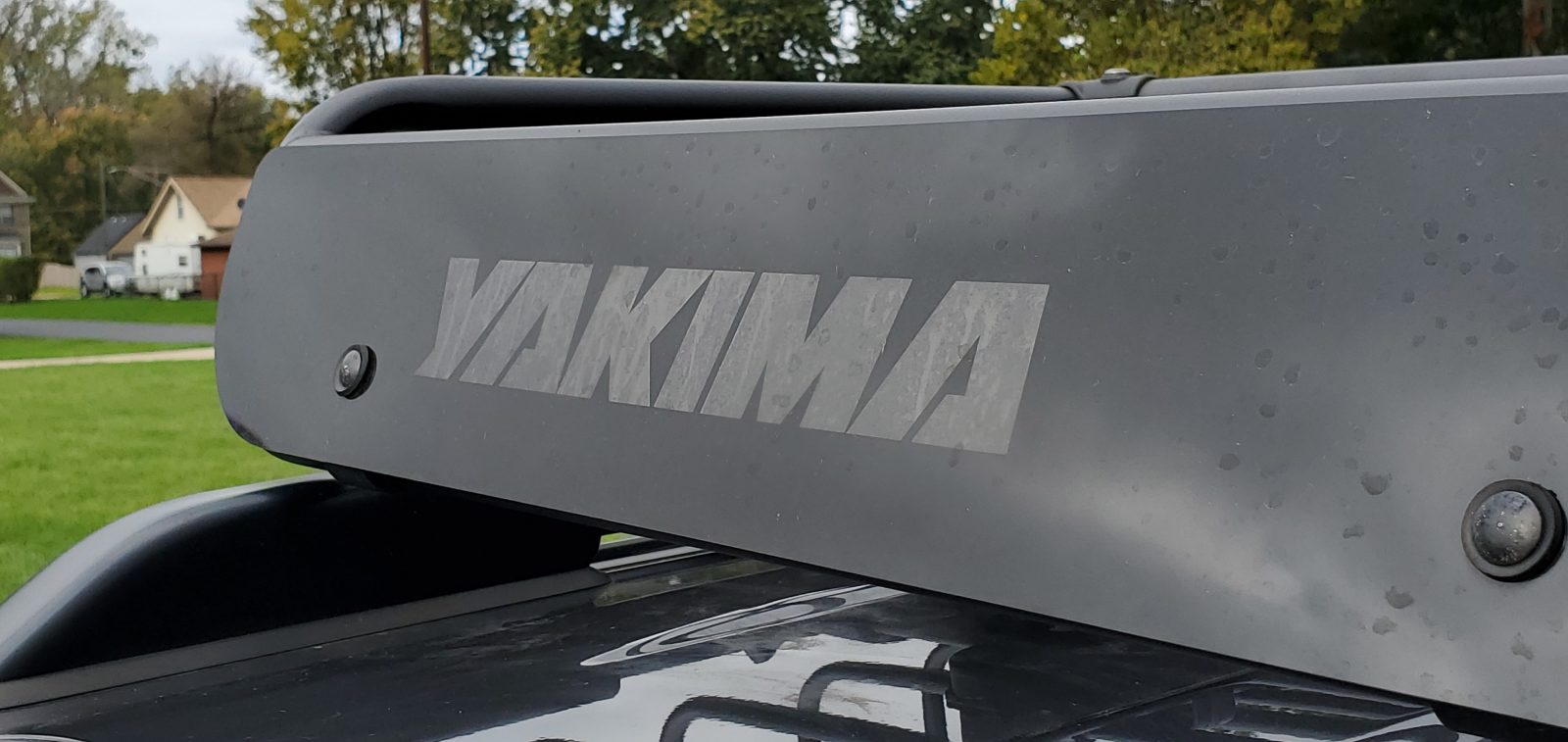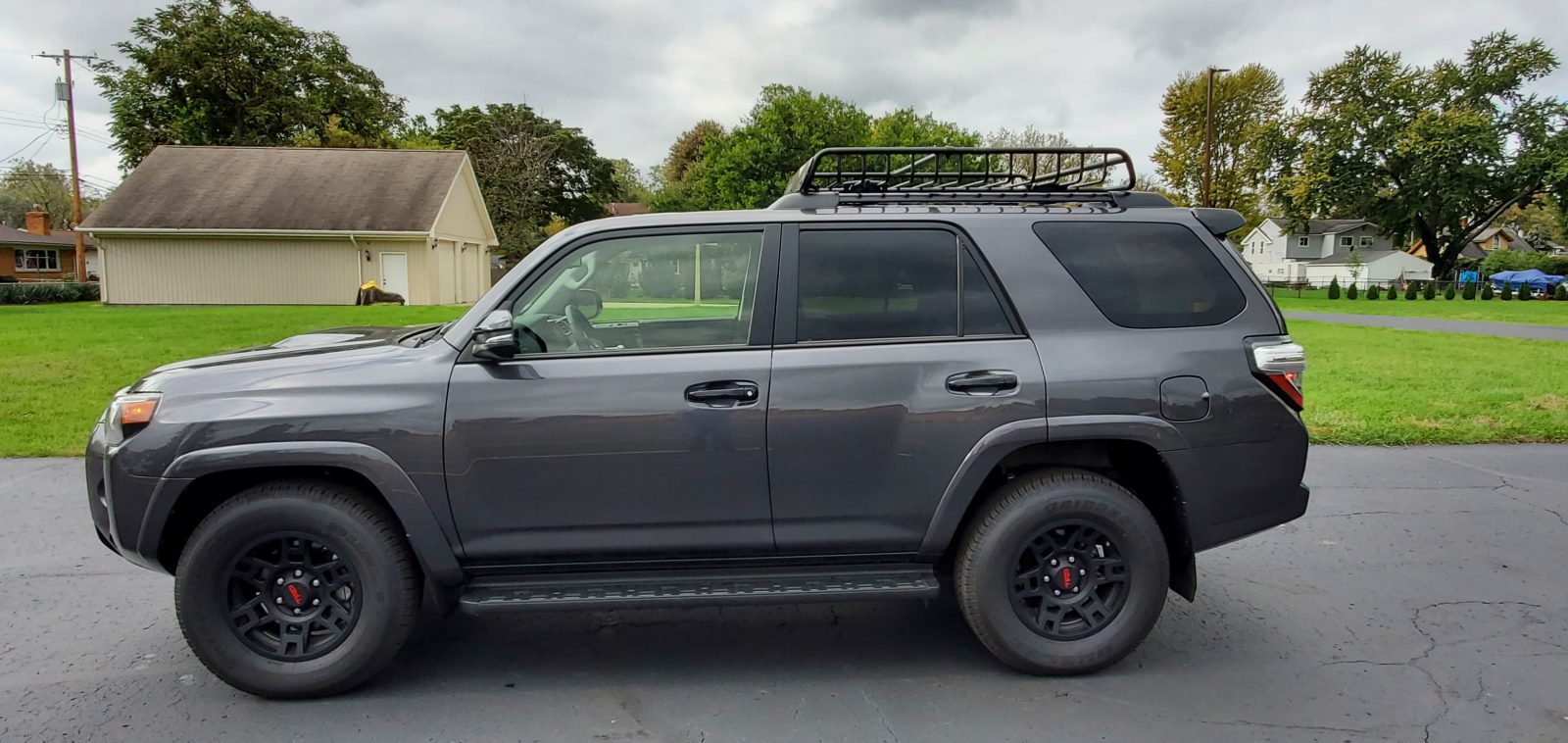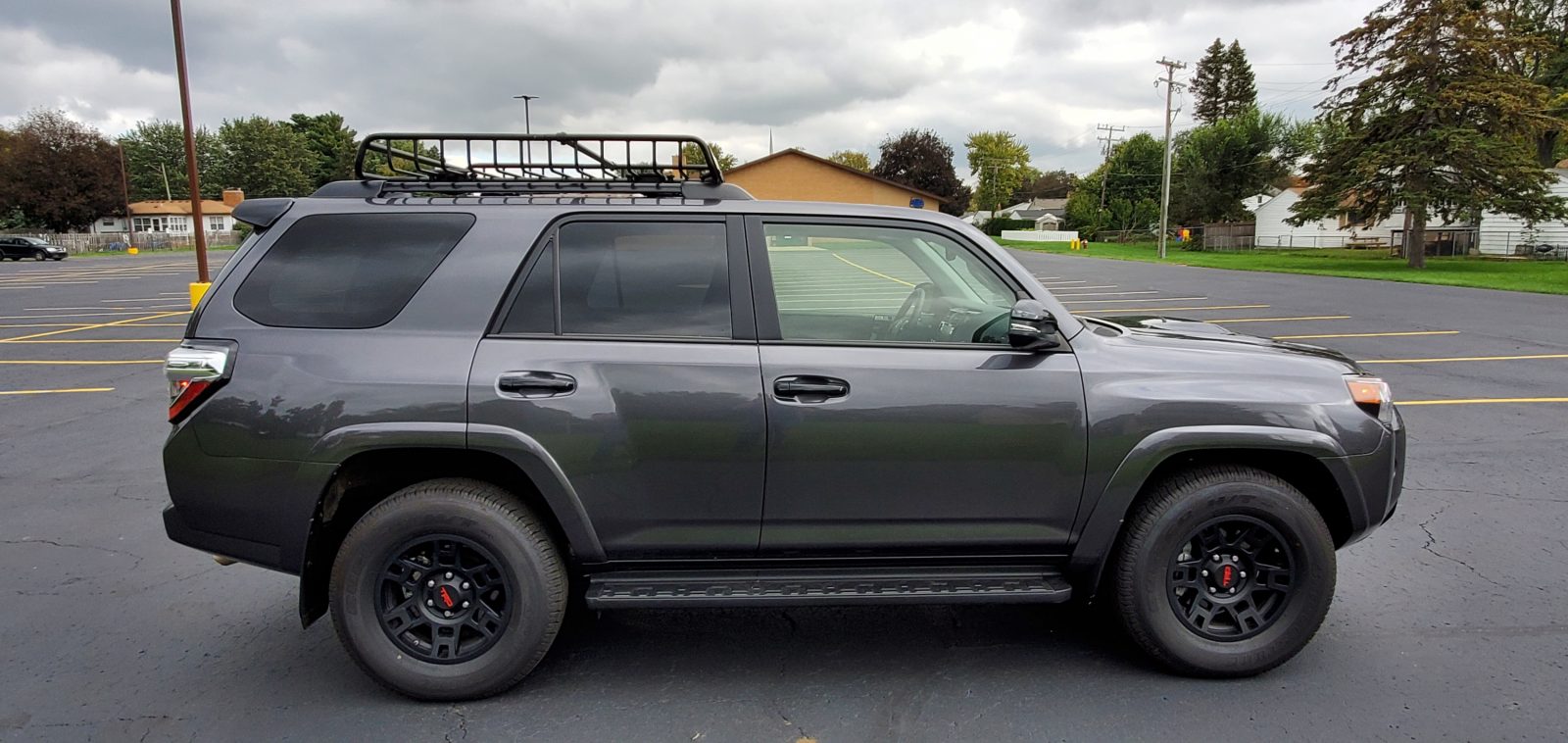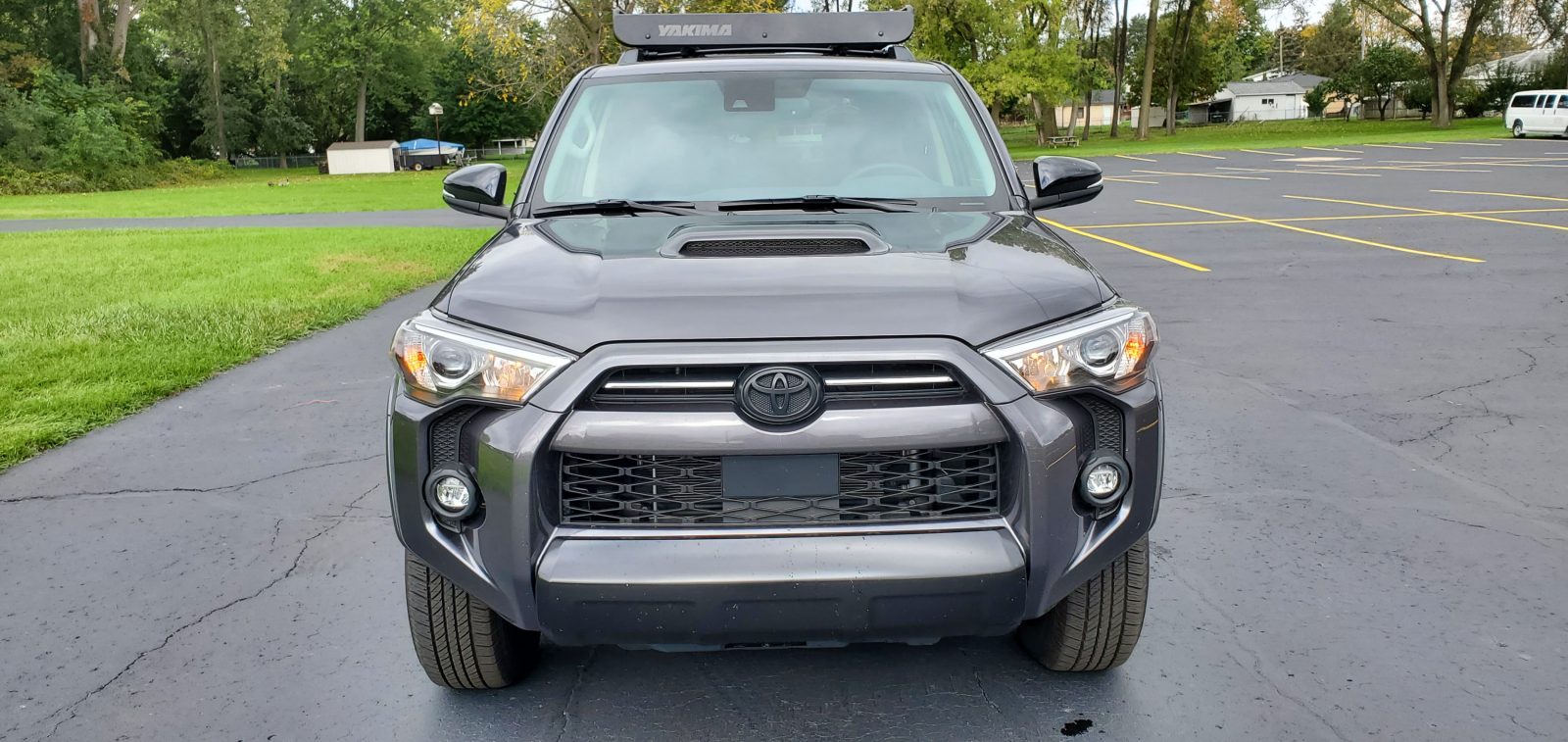It has been over a decade since the current generation Toyota 4Runner made its debut. The spunky 4Runner has always been a potent sales force for Toyota, and not only has it greatly benefitted from the recent surge in SUV demand, but it has also even managed to blunt encroachment by EV offerings. But it’s no secret that the 4Runner is also aging and that it’s up against a fresher crop of rivals. Can it still be a new face, or is it time for it to slink off to retirement?
Unchanged 4Runner Canvas Flaunts Its Wrinkles With Pride
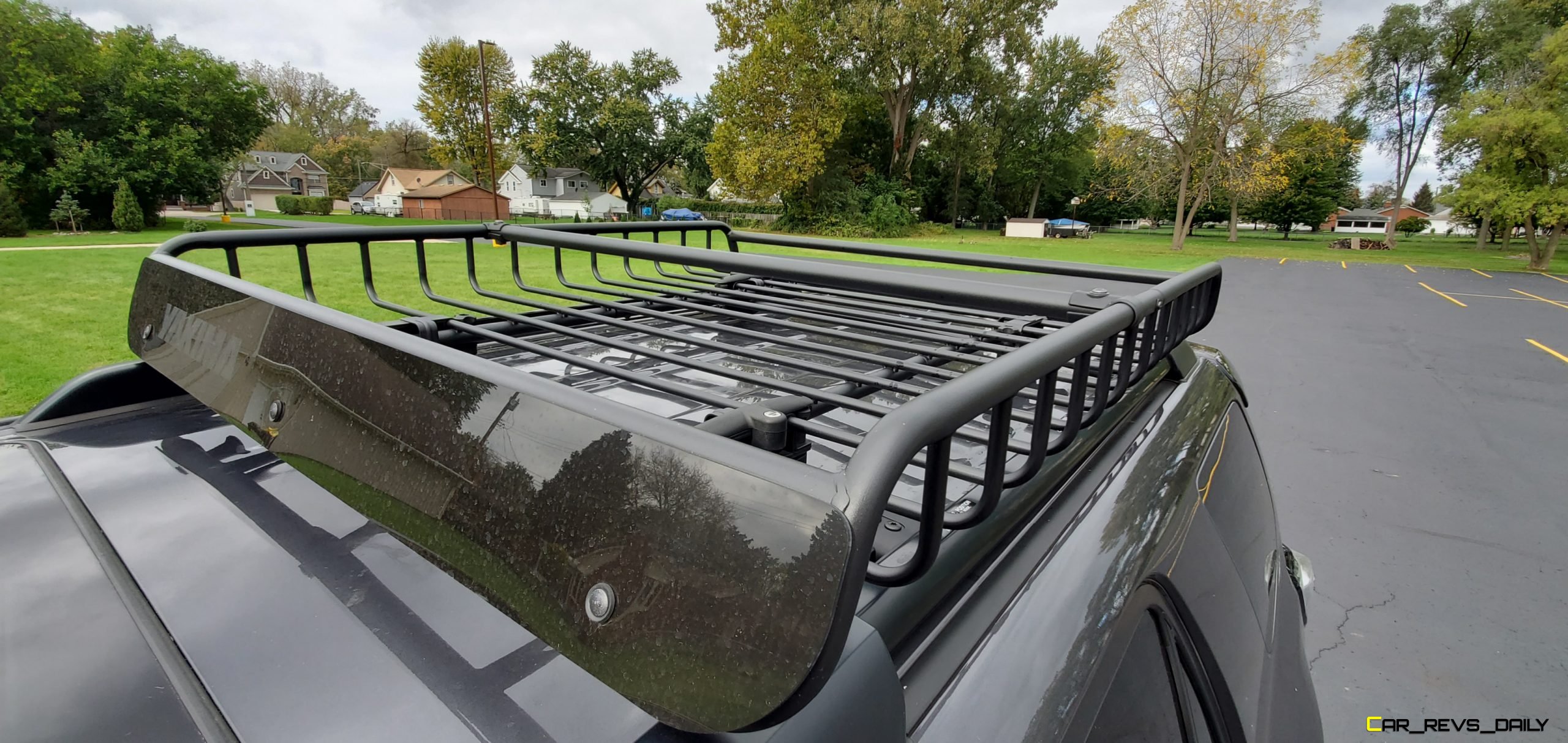
The 2021 Toyota 4Runner comes in a whole safari of trim levels, but the one that arrived at our office was a Venture Edition model. The basic canvas will be familiar to those who shopped the current generation 4Runner during its decade of service, but Venture models use the Off-Road Premium trim as a launching point for its upgrades. A prominent one is the massive Yakima sourced roof basket mounted to the SUV roof. The basket itself is very versatile, but buyers that live in areas where fall colors are plentiful will need to be mindful of where they park due to the piece making it extremely difficult to clean rogue leaves out when it comes time to clean up the 4Runner.
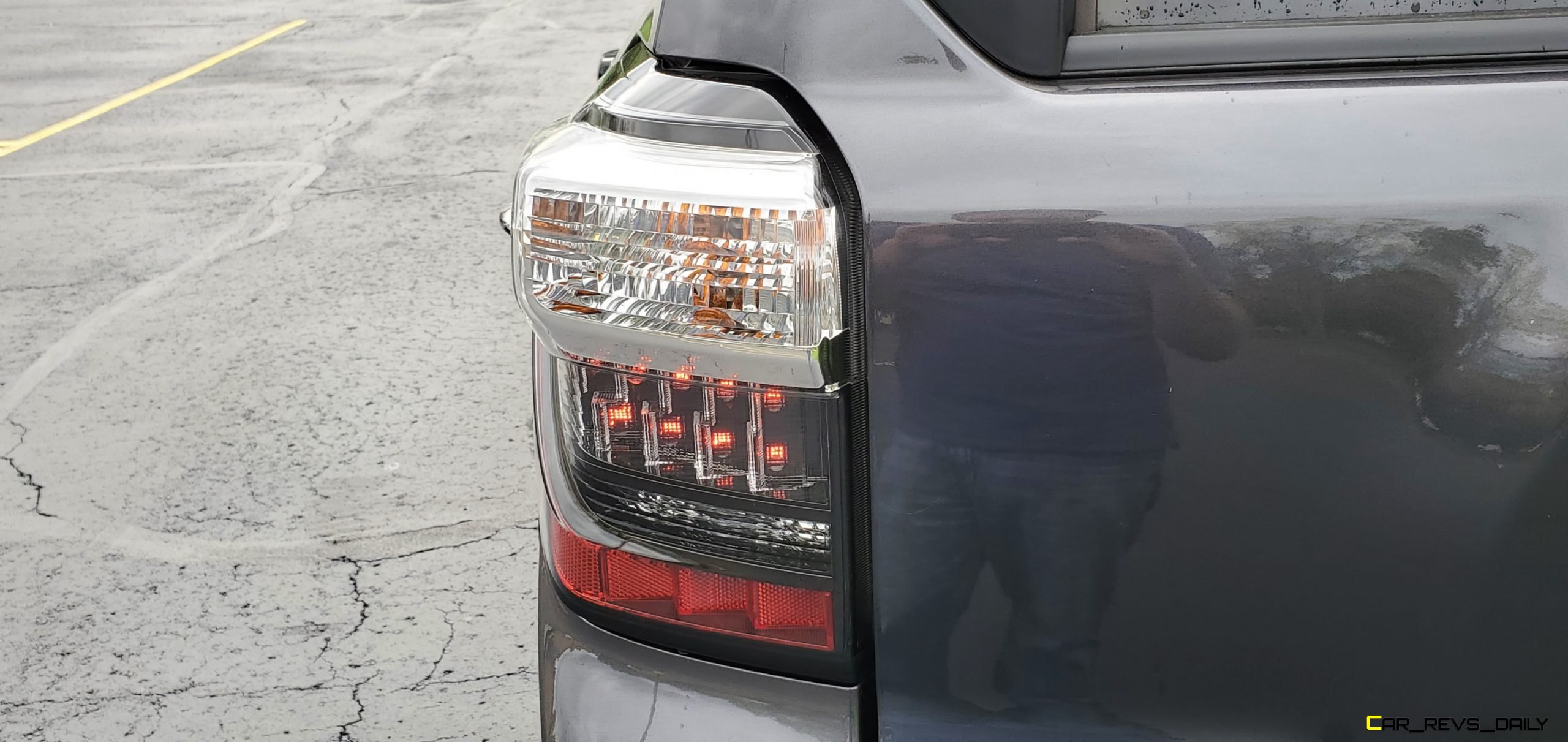
Other changes include TRD Pro lifted wheels that are finished in Matte Grey paint with the mirrors and door handles also being slathered in black finish. The differences here are subtle, but they are just enough to help give the Venture its own identity while also serving as a visual lure for interested buyers to come in for a closer look and see some of the other changes that lurk beneath the surface.
Time Capsule 4Runner Interior Reflects Different Era
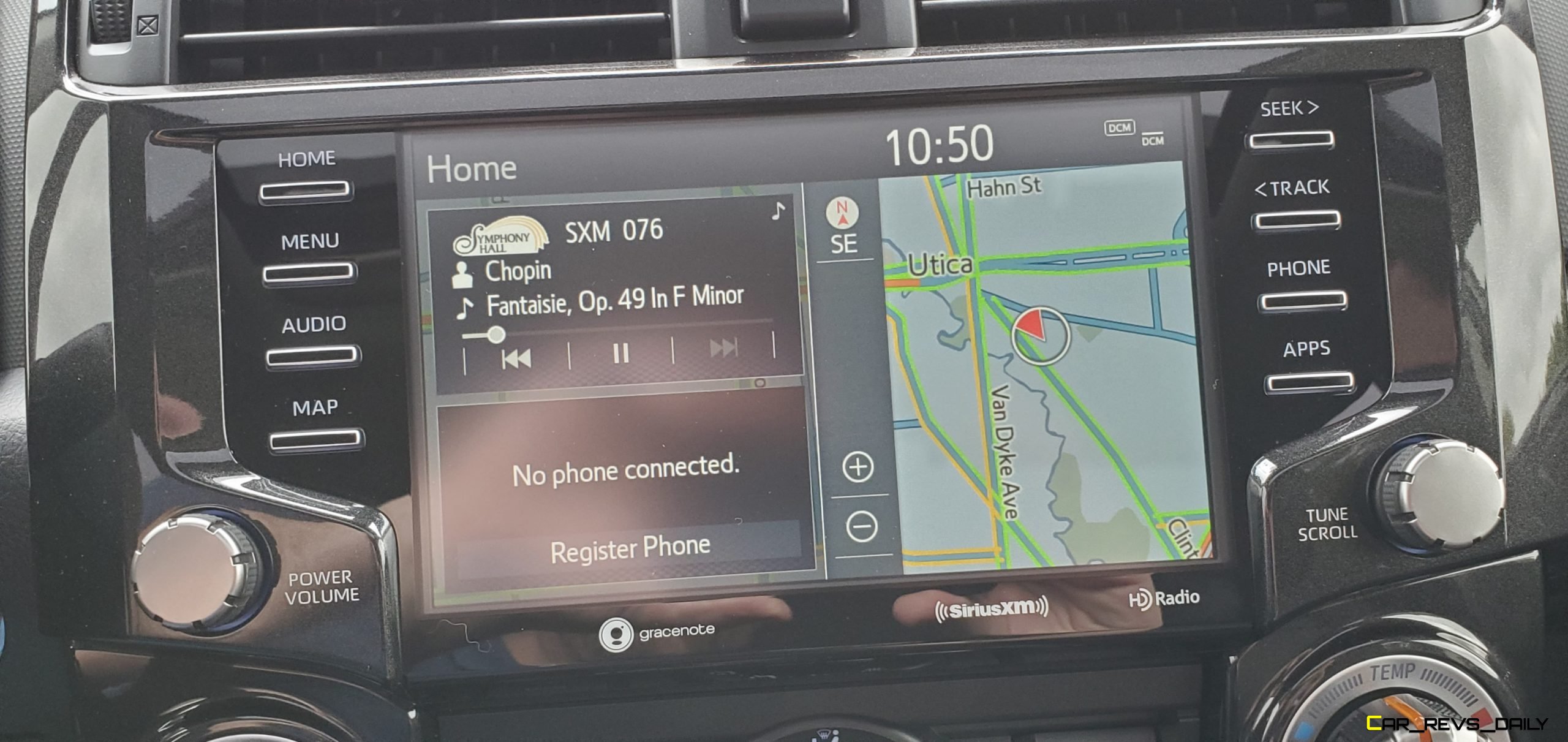
As for the interior, it’s perhaps the biggest giveaway of the 4Runner’s age. It does not have some of the modern technology that defines the Jeep Wrangler and the recently launched Ford Bronco and instead adopts an old-school feel. The interior is awash in cheap plastic, but at the same time, it’s also very simplistic and functional. The controls and dials are all big and chunky, while the front and rear seats boast commendable amounts of comfort. This makes up for the tight headroom, mainly due to the 4Runner’s low roofline.
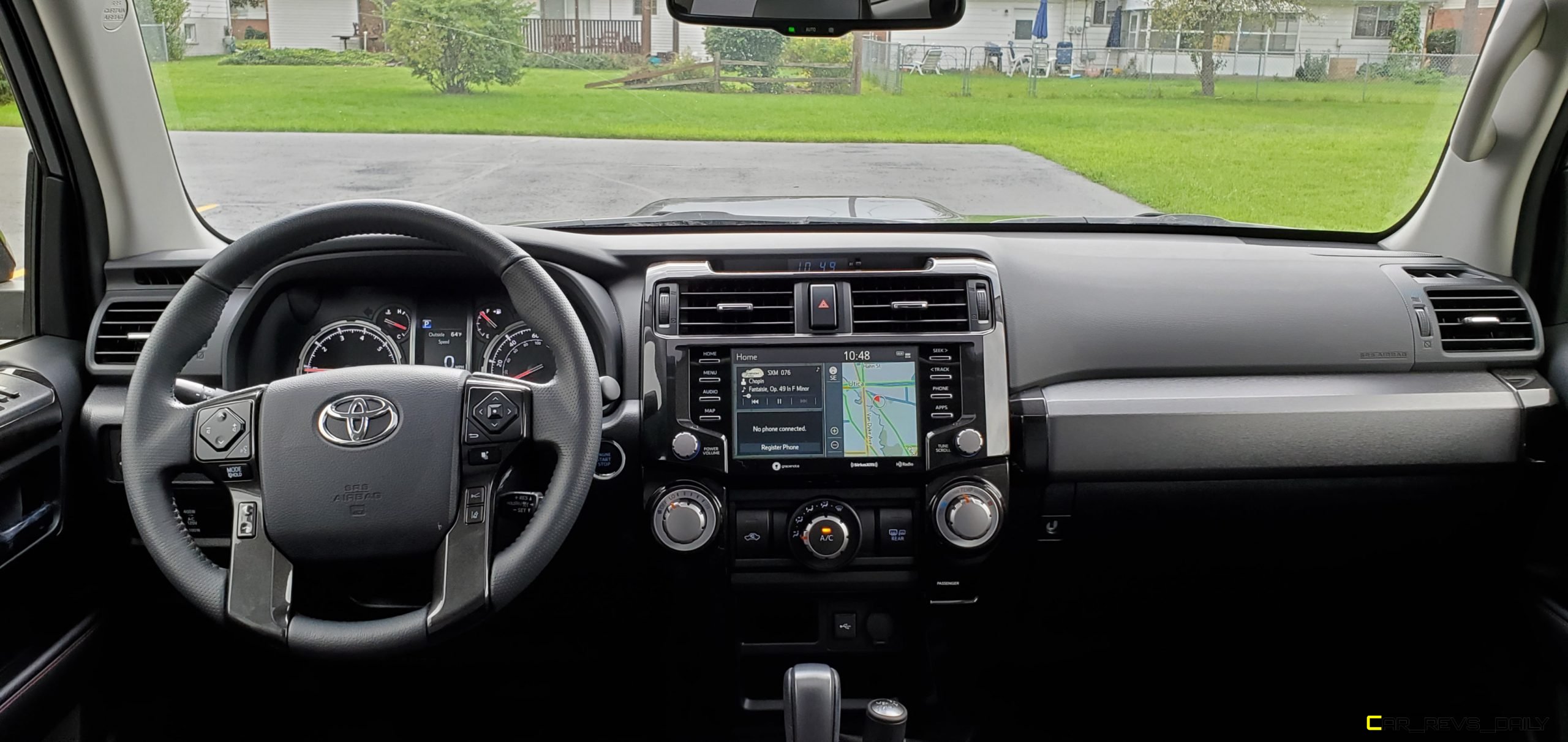
The back seat is also tight for adults, again due to the low roofline. Thankfully, the seats themselves retain the impressive level of comfort that defines the front seats, with the cushions doing a good job delivering long-haul comfort. When you’re not hauling people, the seats can be folded down to expand the 4Runner’s ability to carry pieces of gear and other items needed for a day out on the trail. While other SUVs in its segment coddle occupants with newer technology and higher quality materials, the 4Runner Venture’s old-school approach and enduring simplicity will undoubtedly please hardcore trail enthusiasts. Toyota recently added Android Auto, Apple CarPlay, and Amazon Alexa to the 8.0-inch touchscreen infotainment system for those that still require new school tech.
Rugged Performance Hardware
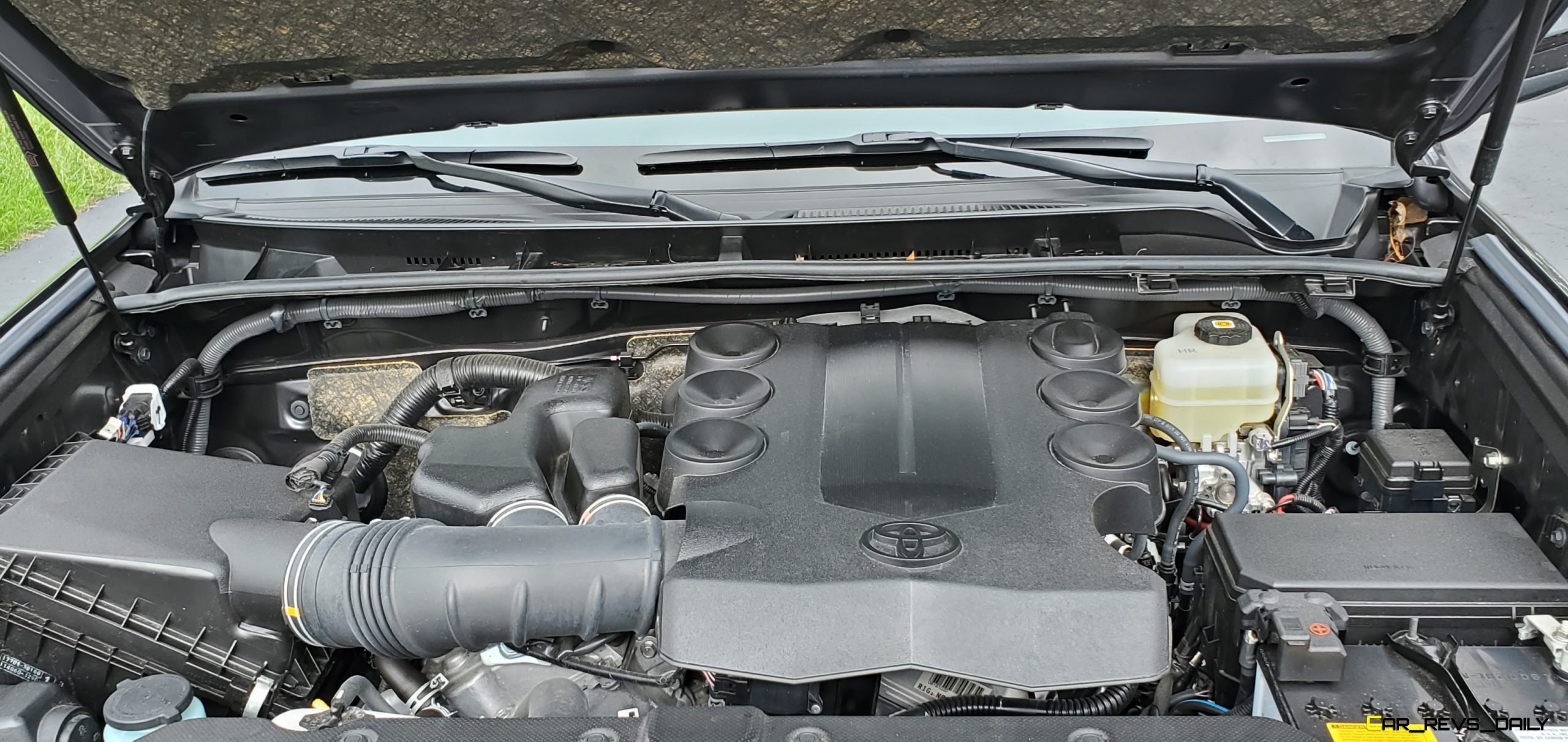
With the subtle tweaks that Toyota has made to other areas of the 4Runner, the engine has once again escaped detection, with all 4Runners being powered by a naturally aspirated 4.0 liter V6 that makes 270 hp and 278 lb-ft of torque. On the surface, this seems like a decent amount of power, and in some circumstances, the engine makes a strong showing for itself. However, the bulk of the power doesn’t kick in until your over 4,400 rpm, and the engine feels about as lifeless as a Detroit Lions player below 3,000 rpm.
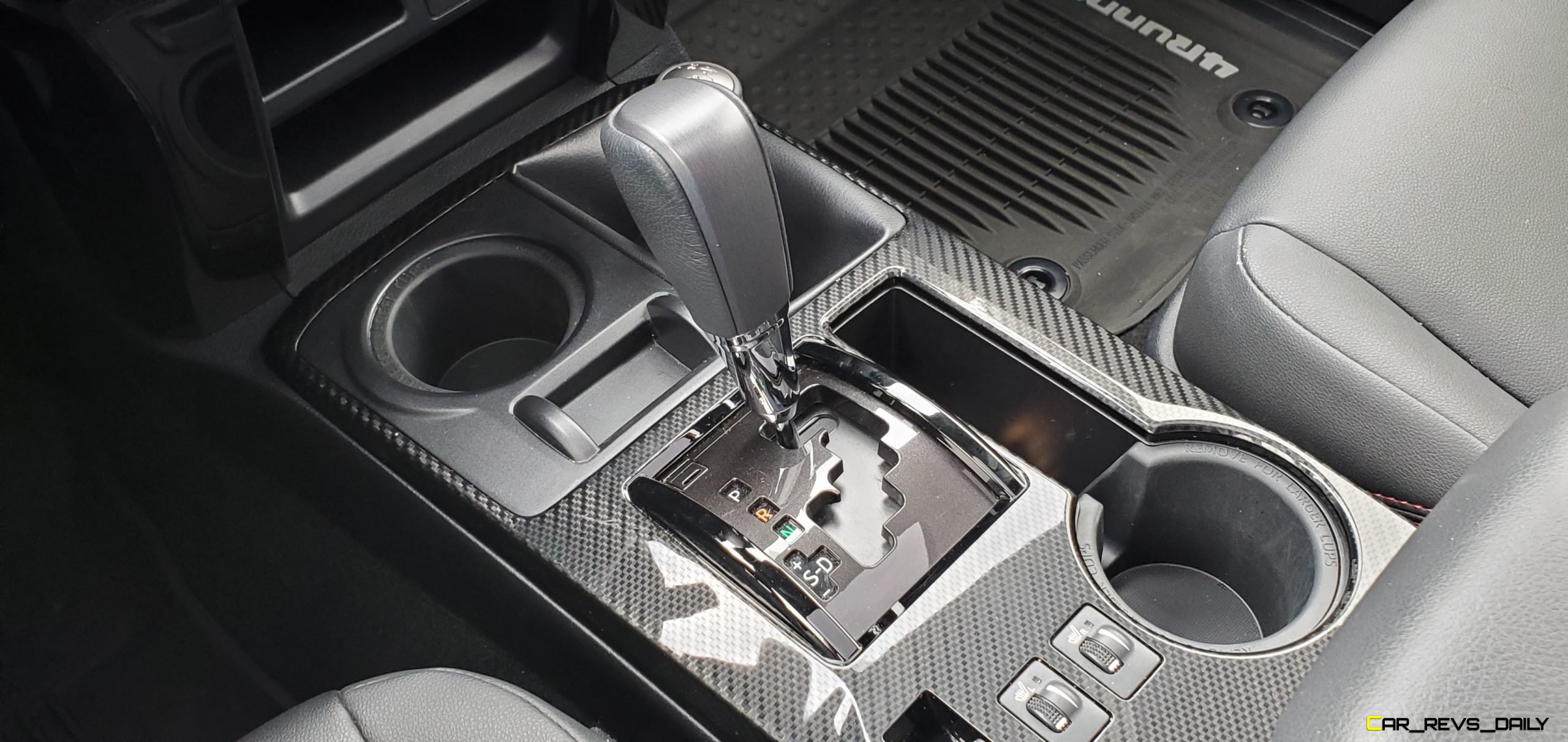
Some of this is due to the five-speed automatic that’s still bolted to the 4Runner. In an era where nine-speed transmissions are rapidly becoming commonplace in the SUV segment alongside eight and seven-speed offerings, the five-speed is an unwanted reminder of the early 2000s. The gearing here is also a sign of the times with our tester feeling like it was a gear too high a third of the time. That forced us to use manual mode regularly to help get it to go down into a lower gear to help squeeze more acceleration out of the engine. Our tester managed the 0 to 60 dash in just under 8.0 seconds for those curious.
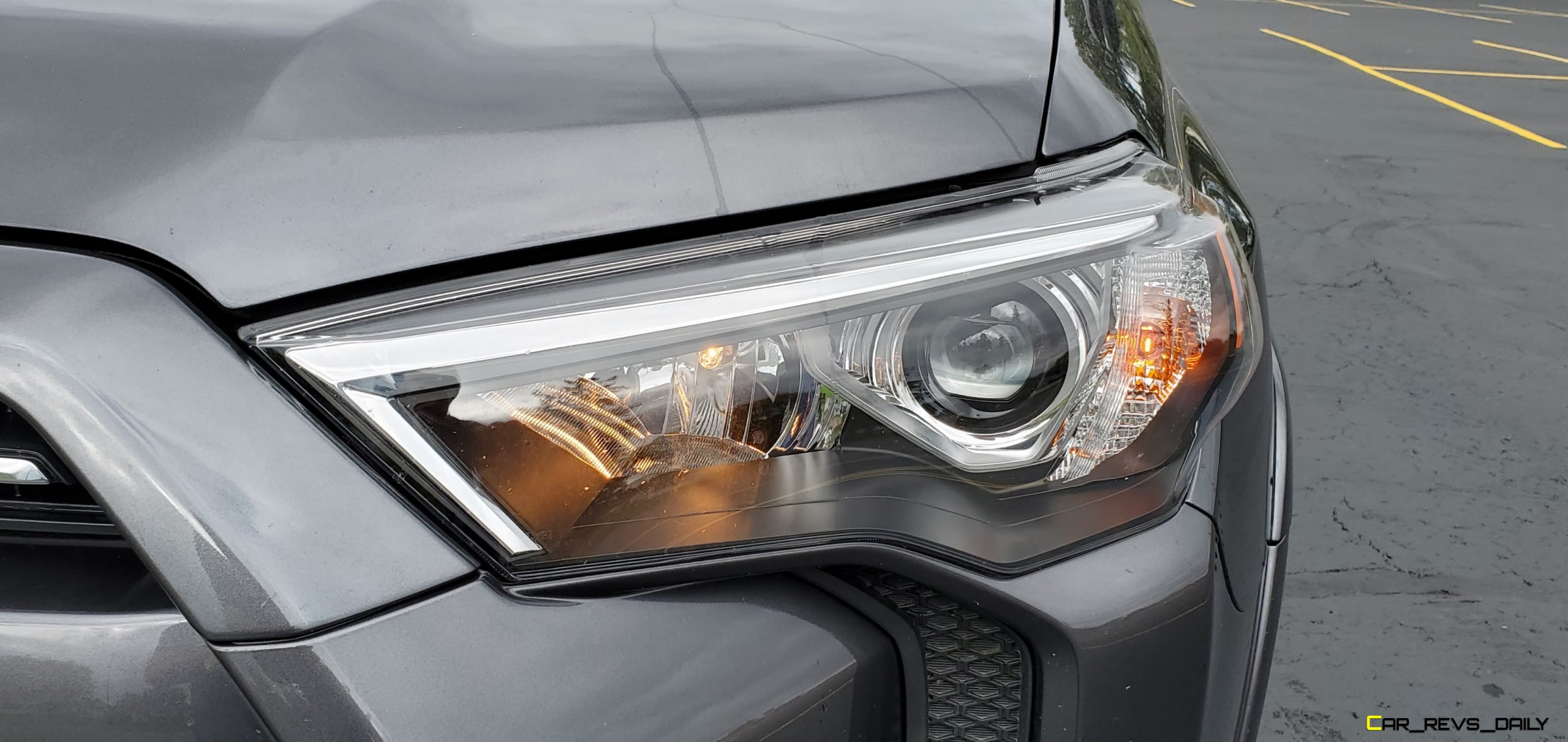
On that note, the engine is also a bit of a hog, with our tester averaging a mere 14 mpg in city driving. But while the Venture Edition is unsuited for city life, it does morph into a much more charming offering when out on the trail. Our tester arrived with the optional $1,750 Kinetic Dynamic Suspension System (KDSS), which features two-piece anti-roll bars that are hydraulically controlled. They can be disconnected to help maximize wheel articulation or re-connected later for maximized stiffness out on the pavement. Despite the promise on this latter side of things, our tester still flopped and rolls around on its suspension mounts when tasked with tight turns.
Value Quotient:
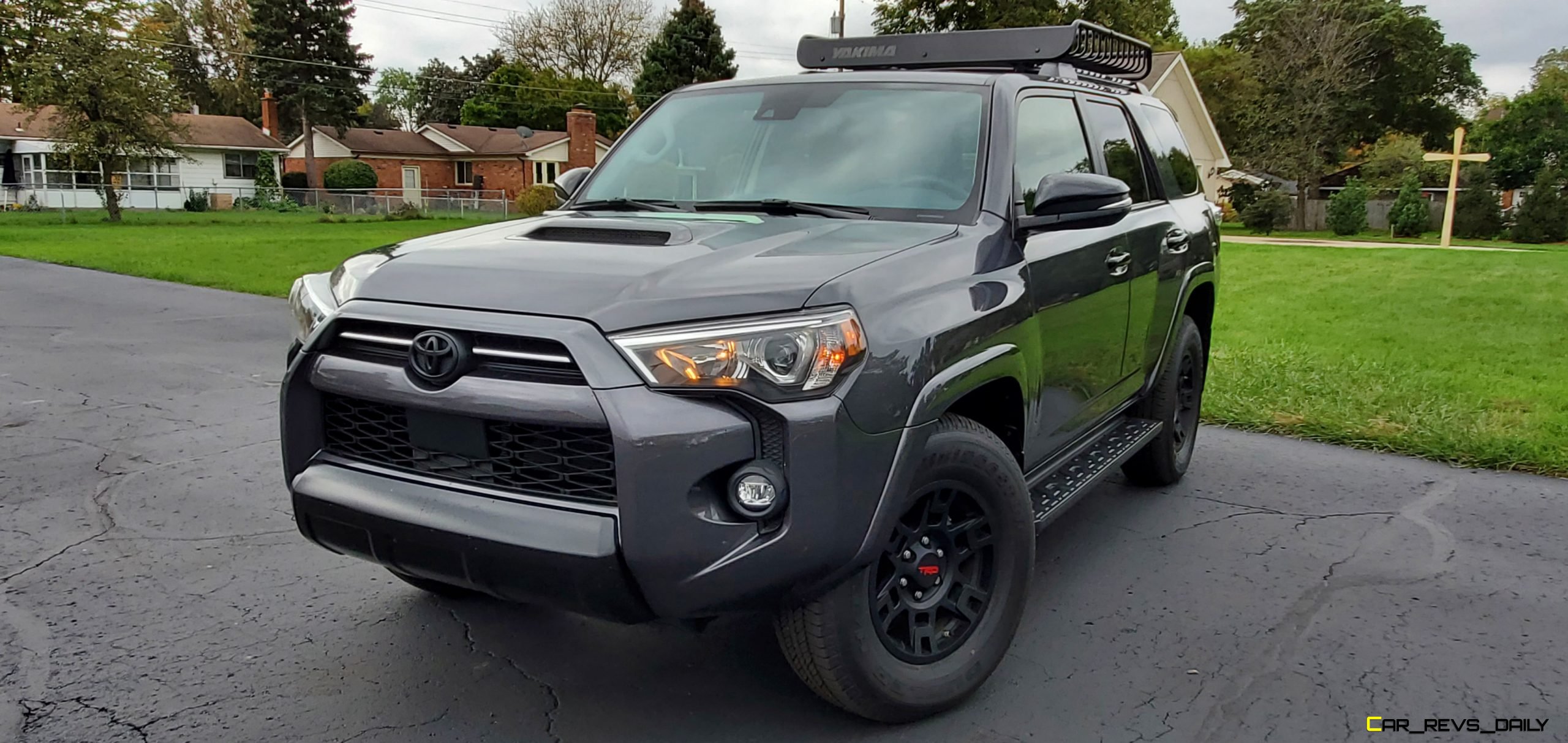
Pricing for the 2021 Toyota 4Runner (2022 models are just beginning to trickle into inventory) starts at $36,765, which will get you into a base SR5 model. Climbing through the ranks gets you past the $40,000 barrier with Venture Edition models starting at $44,895. Our tester arrived with a light sprinkling of options which helped the final sticker hit $47,927.
That price is decidedly less than the $60,000 plus sticker that can be found on some Wrangler and Bronco models, but it also creates a fascinating value-focused dilemma. While the additional premium-focused extras here are a welcome addition, it’s tough to justify the Venture when you can also get a standard Off-Road Premium model for $1,815 less. Buyers that choose to go for the Off-Road edition save $4,000, while the TRD PRO model is still the all-out trail warrior for the untamed masses.
As mentioned, the 2021 Toyota 4Runner Venture Edition is an interesting detour in the broader 4Runner trim ladder. It has enough unique touches to make it stand out above lesser 4Runners, and as long as you don’t look beyond it in the broader 4Runner model family, its roof-mounted cargo basket will be more than happy to haul your extra pieces of adventure gear.

Carl Malek has been an automotive journalist for over 10 years. First starting out as a freelance photographer before making the transition to writing during college, his work has appeared on numerous automotive forums as well as websites such as Autoshopper.com.
Carl is also a big fan of British vehicles with the bulk of his devotion going to the Morgan Motor Company as well as offerings from Lotus, MG, and Caterham. When he is not writing about automobiles, Carl enjoys spending time with his family and friends in the Metro Detroit area, as well as spending time with his adorable pets.

